Barbara Zulant Kiefer |
|
My first presentation for Barbara’s class was on the Brambly Hedge series. I had read the books before (in Spanish), but she encouraged me to look deeper: to put the child’s eye at the center; to see how color, and perspective, and composition convey meaning; how images and words combine to create this wonderful world for us to enter and explore as we read. We later went together on a study trip to Britain, and it was hard not to see glimpses of Brambly Hedge as we drove across the countryside and discussed fantasy books.
I traveled all the way from Colombia to study with Barbara, and she not only guided me along the way, but also made me feel right at home. |
Knock at a Star: A Child’s Introduction to Poetry by X. J. Kennedy and Dorothy M. Kennedy
Submitted by Lisa Pinkerton
|
As a doctoral student at The Ohio State University, I had the privilege of co-teaching the Poetry for Children course with Barbara. I gained a deep appreciation for children’s poetry. Each week, Barbara brought a stack of books to class featuring a wide range of poetry tones, topics, and themes, from serious to silly, sports to school, and seasons to science. We immersed ourselves in poetry. Barbara believed that poetry for children “should reflect the real emotions of childhood,” rather than being “coy, nostalgic, or sentimental.” (1) Many of the best children's poems feel joyful, sad, angry, or fanciful - all the emotions that real children experience. This semester, I’m teaching Poetry for Children and I’m so grateful that Barbara’s poetic sensibility has left its indelible mark on the course and on my teaching.
|
Where the Wild Things Are by Maurice Sendak
Submitted by Melissa Wilson
|
The Merriam Webster Dictionary’s changes the spelling to picture-book.
Google puts a blue line under the word. Word puts the dreaded red squiggle under it. I’m not sure how Adobe Acrobat feels about its spelling. But I do know how Barb Kiefer felt. It was always one word—no space, no hyphen—just one word. When I asked her why she spelled the word that way, she was very clear. A picturebook has text and illustrations that amplify each other; they don’t stand alone. And then she would pull out a picturebook (my favorite example was Where the Wild Things Are) and show you how it worked. There was no space between the pictures and the book’s text. Picturebook—now every time I get the red squiggle or blue line or spell checked, I smile and remember Barb! |
The Potential of Picturebooks: From Visual Literacy to Aesthetic Understanding by Barbara Z. Kiefer
Submitted by Trish Bandré
|
While studying at The Ohio State University, Janet Hickman, my adviser, recommended Barbara’s book. I had always been drawn to picturebooks and was compelled to learn the “why” as well as the “what” of this unique art form. This book opened my eyes in numerous ways and gave me the words to name and describe what I had loved about picturebooks but didn’t know how to express. A few years later, Dr. Kiefer joined the faculty at OSU, and I was fortunate enough to have her on my dissertation committee. I will always be grateful for her wisdom and insight.
|
The Wall in the Middle of the Book by Jon Agee
Submitted by Kathy G. Short
|
One of Barb’s major contributions to the field was her book on The Potential of Picturebooks: From Visual Literacy to Aesthetic Understanding (1995). She argued that a picturebook is a unique art object in which the images and words combine in a transformative way, so the reader comes away with more than the sum of the parts. Her own love of art and background in the field of art came together with her passion for children’s books to challenge the rest of us to explore the intersection of art and picturebooks in deeper ways. She enjoyed picturebooks that used the design of the book in meaning-making as occurs in The Wall in the Middle of the Book by Jon Agee, where the gutter is an essential element of the story.
|
Shapes, Lines, and Light: My Grandfather’s American Journey by Katie Yamasaki
Submitted by Jongsun Wee
|
It’s no secret that Dr. Kiefer loved picturebooks. She had so much respect for illustrators. Dr. Kiefer emphasized the interdependence of text and pictures in our class at The Ohio State University. She guided us to pay attention to illustrations and think about why the illustrator made certain choices of colors, shapes, lines, and light. In class, we enjoyed finding information hidden in the illustrations. I am forever grateful to Dr. Kiefer for opening the door of the picturebook world to me. I will keep sharing her love of picturebooks with my students.
|
Make Way for Ducklings by Robert McCloskey
Submitted by Cynthia A. Tyson
|
The Potential of Picturebooks: From Visual Literacy to Aesthetic Understanding, was not wisdom at the top of the museums of art mountains, but in one of my children's literature courses, was Barbara, holding open the 1942 Caldecott winner Make Way for Ducklings so gently said, “Isn’t this just beautiful? We should always explore the potential of the picturebook as an art object.” And it is still true, no matter how many books I read—when I go out into the world of children’s literature, I always open my eyes and heart wide for the aesthetic appreciation of the picture book as a work of art.
|
The Mountains of Tibet by Mordicai Gerstein
Submitted by Denise Dávila
|
Prior to studying with Dr. Kiefer, I loved children’s literature. However, I was not attuned to engaging with picturebooks as aesthetic art objects in and of themselves. I remember one evening in which Barbara walked our class through each of Gerstein’s illustrations of The Mountains of Tibet, which School Library Journal describes as “a beautifully gentle look at one human being dealing with life’s choices and possibilities'' via the journey of a Tibetan woodcutter’s death and reincarnation. Because of Barbara, I came to love this book and to appreciate how illustrators’ use of shape and white space advance the story.
|
Blue: A History of the Color as Deep as the Sea and as Wide as the Sky by Nana Ekua Brew-Hammond, illustrated by Daniel Minter
Submitted by Mary Ann Cappiello
|
Taking “The Art of the Picturebook” with Barbara at Teachers College deepened my understanding of the picturebook as both an art form and a teaching tool. Barbara taught me how the art in a nonfiction picturebook - the lines, shapes, and colors; the art historical references; the choice of medium - all work together to convey information to the reader and elicit an emotional response within the reader. In Blue, this year’s Orbis Pictus winner, illustrator Daniel Minter uses contrasts: close-ups and panoramas, warm colors and shades of blue, varying lines and shapes. These all deepen readers’ understanding of and emotional connections to the color blue across different cultural contexts, time periods, and technologies.
|
Yasmin the Painter by Saadi Faruqi, illustrated by Hatem Aly
Submitted by Caitlin L. Ryan
|
One day while I was a graduate student, a conversation with Dr. Kiefer and others turned to nurturing children’s artistic abilities. Barb was frustrated that classrooms too often limited children’s art to basic materials like pencils and crayons on small pieces of paper. She said, passionately, “You’ve got to give them measles!” We were very confused…until we realized she’d said EASELS. Now that sounded like the Barb Kiefer we knew! The momentary misunderstanding was something we laughed about for years, and its message stuck with me. Barb saw every child as an artist. She knew children could see and create in ways that could express ideas about the world and teach us as adults in the process. She’s the reason the covers of Language Arts (2) featured children’s art from 2007-2010, the reason I teach about arts-based responses to literature in my courses, and the reason my son has an easel in his playroom now.
|
Language Arts by National Council of Teachers of English
Submitted by Laurie Katz
|
Barb and I came into the Department of Teaching & Learning at the same time – 2003. I remember being at a faculty meeting before I officially started where I learned that Barb was also coming to the department. Everyone was extremely excited to have someone of her caliber as the Charlotte Huck Chair. Before I started at OSU in Integrated Teaching & Learning, I really didn’t know much about the esteemed reputation of the children’s literature faculty at the university. It wasn’t until I became one of the Language Arts co-editors with Barbara that I learned about the field of children’s literature. Her love, passion, enthusiasm, and expertise permeated throughout the group of editors. One of her roles was being in charge of the 3rd issue of each volume, which was specially geared towards children’s literature. Many of the covers of these issues and others came from Barb’s network, including the two issues above.
|
Hiroshima No Pika by Maruki Toshi
Submitted by Hilary Brewster
|
When I was a doctoral student in the Literature for Children and Young Adults program at The Ohio State University, I was more on the YA side than the kid lit side, having previously taught high school English. However, our program luckily required us to take various children’s literature courses with Dr. Barbara Kiefer. In one of them, she shared with us the heartbreaking and exquisite picturebook Hiroshima No Pika, an account of the nuclear annihilation of the titular city. Not your “typical” children’s book, to be sure. With this lesson and others, Dr. Kiefer taught us that it is not only recommended, but necessary, to integrate potentially troubling literature into classrooms of all levels in order to have conversations about empathy, community, and, subsequently, vulnerability. I have shared this book with my upper-level college students who often cite it as one they, too, remember years later.
|
Adventurous Women: Eight True Stories About Women Who Made a Difference by Penny Colman
Submitted by Evelyn Freeman
|
Barbara and I shared a commitment to increasing the awareness and appreciation of quality nonfiction for children. In February 2006, Barbara organized a symposium at OSU on nonfiction, which featured the author Penny Colman. Penny autographed this book for me at the symposium and wrote a long inscription that referred to my advocacy for nonfiction. Barbara was so knowledgeable about all genres of children’s literature. I will miss her and our wonderful discussions about books.
|
El Deafo by Cece Bell
Submitted by Sara Kersten-Parrish
|
Behind her ubiquitous rolling cart laden with books, I would frequently see Barb grab a title, thrust it at someone and say, “I know you’ll love this.” She took great value in knowing what her students would like to read. Barbara handed El Deafo to me, looked me in the eye, and said, “This book is important for you.” And, it was. When reading El Deafo, I felt seen for the very first time as someone who is deaf like the protagonist and author. Barbara saw me and saw the connection a book could bring.
|
The Ask and the Answer from the Chaos Walking series by Patrick Ness
Submitted by Michele D. Castleman
|
Dr. Kiefer was the queen of sharing books. When I first met her on a visit to OSU, I was amazed by how filled her office was with books. Throughout my time in the program, Dr. Kiefer hooked me on multiple authors and series, of which the Chaos Walking series stands out the most in my memory. When the second book came out in Great Britain, Dr. Kiefer ordered a copy from abroad so she could read The Ask and the Answer as soon as possible. She happily shared her beautiful, British hardcover with a long line of students one-by-one. As a teacher, I have worked to embody Dr. Kiefer’s spirit of creating excitement over young adult and children’s literature. My office is overrun with books. I joke with my colleagues that someday I will die happy under a pile of my fallen books. But, more importantly, I have followed her example and happily share personal copies of my own books with students.
|
Miss Rumphius by Barbara Cooney
Submitted by Ann Neely
|
I first met Barbara Kiefer when we were both participating in a children’s literature conference in Glasgow, Scotland. Like Miss Rumphius on one of her many trips, I knew I had made a friend I’d never forget. We had lovely conversations over a glass of wine at the end of each day… some about children’s literature, of course, others about life as a professor and life in general. And, like Miss Rumphius, Barbara brought beauty to our world!
|
The Grey King by Susan Cooper
Submitted by Bettie Parsons Barger
|
Prior to studying fantasy with Dr. Kiefer, I often overlooked the details that connected past to present. She taught me that the setting is actually a character in fantasy; the time spent developing the storyworld mattered immensely. I could feel the damp, cool air as I walked beside Will Stanton in the dense fog of the Welsh mountains, adding to my suspense. That was one of the biggest joys of learning from Barbara; she broadened my perspective and understanding. Her insights pushed me to think deeply about children's literature in new ways. She challenged me to explore genres and topics I normally avoided and to consider the types of readers who might enjoy them. Her love of this genre, of children’s literature, has deepened my love of the field too.
|
The Book Woman of Troublesome Creek by Kim Michele Richardson
Submitted by Pat Scharer
|
Barbara’s work sharing books was truly a model for us all. She taught classes, worked with individual teachers, wrote books, conducted research and, most of all, shared her love of books. Her office overflowed with books, but if you’d ask her about one–chances are she could find it right away and discuss it with you. She didn’t have an easy road and overcame many challenges, but she knew it was worth it because the impact of books on lives is immense.
|
Wonder Walkers by Micha Archer
Submitted by Erika Thulin Dawes
|
Deepening my passion for picturebooks, Barbara gave me new lenses for viewing them, prompting me to see and experience so much more. Curious at her core, Barbara brought a spirit of inquiry to each book. She modeled how to go beyond, connecting with authors and asking questions about their composing and illustrating processes. Barbara provided new perspectives on the potential of children’s books across the curriculum and insights on how to get to know a wide range of young readers to build engaged communities. Learning with Barbara meant Wonder Walking through the world of books. I’m so grateful for the journey.
|
Koala Lou by Mem Fox, illustrated by Pamela Lofts
Submitted by Erin Reilly-Sanders
|
One of the first activities I remember from a Barbara Kiefer-style children’s literature class compared Koala Lou by Mem Fox (illustrations by Pamela Lofts) with Love You Forever by Robert Munsch (illustrations by Sheila McGraw). The viewpoint of a small koala trying to win her mother’s love through athletic prowess starkly contrasted to a parent’s (occasionally creepy) expressions of love as their child grows up, demonstrating that not all books read or marketed to children are written through their perspective. Above all, Barbara stressed the importance of adults “getting” children’s literature and the perspective that will best speak to its intended audience. Today, her quick discernment echoes in my mind as I read and share great books that have the child’s eye at the center.
Barbara, we Do love you! We always have, and we always will. |
Lisa Pinkerton is an Associate Clinical Professor at The Ohio State University. Her current roles with CLA include serving as a Board Member and as an Expert Class Co-Chair.
Erin Reilly-Sanders is an architect at Schooley Caldwell Associates and an independent scholar with a doctorate in children's literature from The Ohio State University.
Additional Tribute Comments
By Lisa Pinkerton, S. Adam Crawley, and Sara K. Sterner
The 29th annual Master Class is titled "Books as Lighthouses: Using Children’s Literature to Illuminate and Provide Hope in the Darkness of Sexual Abuse." This year’s session will take place on Saturday, November 19th from 6:00-7:15 p.m. (Pacific) in Anaheim, CA.
The 2022 Master Class is organized around a moderated panel, followed by a discussant led Q&A with the following esteemed authors, illustrator, translator, and editor of children’s literature:
Paula Chase-Hyman is the author of nine middle grade and young adult books. So Done, her critically acclaimed middle grade debut, was named a 2018 Kirkus Reviews Best Book and was followed by two more books in the series: Dough Boys and Turning Point. She is also the author of the young adult series, Del Rio Bay Clique. Co-founder of the award-winning blog, The Brown Bookshelf, Paula is a longtime “advocate for diversifying the type of fiction featuring Black characters that’s highlighted among educators, librarians and parents” (author website).
|
Valérie Fontaine is the author of The Big Bad Wolf in My House, her first book to be translated into English. A Quebec writer and French-language author, Valérie has published more than thirty-five books for young people. She frequently visits schools to share her books with children and teachers. Each week, she can be found reading stories to children live on Facebook. Valérie shares that she “loves writing books as much as she loves reading and talking about them” (https://houseofanansi.com).
|
|
Nathalie Dion is the illustrator of The Big Bad Wolf in My House. An award-winning freelance illustrator based in Montreal, she studied Design Arts at Concordia University. Nathalie exhibits her work in art galleries and museums, and she works on commissioned assignments in both editorial and children’s book illustration. Her favorite artistic tools are her Cintiq tablet and her numeric paintbrushes.
|
|
Shelley Tanaka is the translator of The Big Bad Wolf in My House. She is a Canadian award-winning author, translator, and editor. She has written and translated more than thirty books for children and young adults. Among the many awards that Shelley has won are the Orbis Pictus Award, the Mr. Christie’s Book Award, and the Science in Society Book Award. Shelley teaches at the Vermont College of Fine Arts in the MFA Program in Writing for Children and Young Adults.
|
|
Betsy Bird, the panel moderator, is a children’s author, librarian, podcaster, blogger, and reviewer. She is the Collection Development Manager of Evanston Public Library and the former Youth Materials Specialist of New York Public Library. Betsy is a frequent blogger at the School Library Journal site: A Fuse #8 Production, where she has reviewed a number of children’s books that address the topic of this master class. She also reviews books for Kirkus and The New York Times and hosts Fuse 8 n’ Kate, a podcast with her sister about classic children’s books.
|
|
Dr. Dorian Harrison, the panel discussant, is an Assistant Professor at The Ohio State University at Newark. With over 15 years of experience in education, she teaches foundational and licensure courses in literacy at the undergraduate and graduate level. Dr. Dorian Harrison’s research explores how equity in literacy education is enacted, paying particular attention to the ways communities of learners are challenging deficit views and practices. Her research is aimed at not only improving classroom practice but also restructuring how institutions prepare future educators to engage with diverse populations of students and communities.
|
The following overriding questions will guide the session: How might books with dark subject matter foster hope in readers? And, how might teachers and teacher educators facilitate reader engagement with these vital books? We hope that attendees will leave the session with a more nuanced understanding of the shifting landscape of children's literature relative to the #MeToo movement, along with a deeper level of comfort using these books in classrooms, especially in light of the turbulent times that teachers and teacher educators inhabit relative to censorship.
de León, C. (2020, June 17). Why more children's books are tackling sexual harassment and abuse. The New York Times. Retrieved from https://www.nytimes.com/2020/06/17/books/childrens-books-middle-grade-metoo-sexual-abuse.html
Maughan, S. (2020, April 13). Eye on middle grade: Editors discuss some of the latest developments in the category. Publishers Weekly, 23-21. Retrieved from https://www.publishersweekly.com/pw/by-topic/childrens/childrens-book-news/article/83006-eye-on-middle-grade-spring-2020.html
Robillard, C. M., Choate, L., Bach, J., & Cantey, C. (2021). Crossing the line: Representations of sexual violence in middle-grade novels. The ALAN Review, 49(1), 33-47.
Resources
Paula Chase-Hyman’s Interview with Reading Middle Grade Blog.
Kate Messner’s Interview with BookPage
Valérie Fontaine’s Interview with Foreword Reviews
Nathalie Dion’s Feature in Canadian Children’s Book News
Shelley Tanaka’s Interview with Cynthia Leitich Smith at Cynsations
S. Adam Crawley (he/him) is an Assistant Teaching Professor at the University of Colorado, Boulder. His current roles with CLA include serving as a Board Member and Master Class Co-Chair. In addition, he is the treasurer of NCTE’s Genders and Sexualities Equalities Alliance (GSEA).
Sara K. Sterner (she/her) is an Assistant Professor at Cal Poly Humboldt and the Leader of the Liberal Studies Elementary Education Program in the School of Education. Her current roles with CLA include serving as a Board Member and Master Class Co-Chair.
by Peggy Rice and Ally Hauptman representing the Ways and Means Committee
|
Each year at the NCTE Conference, the Children’s Literature Assembly hosts a breakfast. It is one of our favorite events of the conference because we get to listen to an author speak about their work and we get to see the gorgeous artwork available in the silent auction. This year our speaker is Jerry Craft, Newbery winner and author of New Kid and Class Act. Jerry is also contributing a piece of art to the auction!
The Ways and Means Committee spends a better part of the year communicating with children’s picture book authors/illustrators about donating artwork to support the major goals of our organization. CLA is committed to promoting high quality children’s books in classrooms and supporting research focused on the importance of children’s literature. |
Ways and Means Committee
Raven Cromwell Michelle Hasty Ally Hauptman Mary Lee Hahn Rachelle Kuehl Marion Rocco Peggy Rice |
Elizabeth Erazo Baez
Amanda Calatzis
Alina Chau
|
Art for Auction: This 14 x 10 inch watercolor illustration is from Bonnie’s Rocket by Emmeline Lee (2022), a historical fiction picture book inspired by the experiences of the author’s grandfather with the Apollo 11 space mission. It depicts Bonnie, whose father is an engineer for the Apollo 11 space mission, conceptualizing a rocket that she designs, builds and tests.
|
Ellen Heck
|
Art for Auction: This 10 x 8 inch piece includes eye-catching black and white scratchboard images from A is for Bee: An Alphabet Book in Translation (2022), her lavishly illustrated debut multilingual alphabet picture book that was inspired by reading Lithuanian alphabet books to her son. Throughout the book, she has included hidden letter forms to create a seek and find element for readers.
|
Kevin Henkes
Bonnie Lui
Juliet Menéndez
|
Art for Auction: This framed 18 x 23 inch gorgeous illustration is from Juliet’s first children’s book, Latinitas: Celebrating 40 Big Dreamers (2021), a collected biography of influential Latinas who followed their dreams. It depicts Rigoberta Menchu Tum, the 1992 winner of the Nobel Peace prize, in recognition of her work as an advocate of Indian Rights and ethno-cultural reconciliation. Other Latinas included in the collection include Supreme Court Justice Sonia Sotomayor and Evelyn Miralles, NASA’s first virtual reality engineer.
|
Brandon James Scott
Grant Snider
Dan Yaccarino
|
Art for Auction: This 20 x 20 inch graphic style illustration is from City Under the City (2022). It depicts Bix and her rat friend heading home from the City Under the City with books that they have discovered on their adventure. The charming illustrations and Bix’s appreciation for books inspire young readers to move away from a screen and read a book.
|
Ally Hauptman is an associate professor at Lipscomb University. She is the chair of the Ways and Means Committee for CLA and a serving CLA board member.
By Liz Thackeray Nelson & Lauren Aimonette Liang
In our undergraduate children’s literature course we introduce these important awards to begin discussions around evaluation of children’s books. We consider how the criteria might point to ways of evaluating excellence in children’s and young adult literature, and consider the connection of this evaluation to selection of books for use in classrooms, libraries, and other settings.
We also use these award discussions as a way to heighten awareness of the business and marketing side to children’s literature, particularly considering how awards can influence sales, authors’ and illustrators’ careers, publishing trends, and ultimately access to books. Below we briefly describe a reading-reflection sequence and activity that we have found helpful in building undergraduate students’ understanding of the impact of an award.
Reading-Reflection Sequence 1: Read about older children’s book award debates.
We have found that our undergraduate students, in general, have had very little exposure to children’s book awards prior to this class. Many recognize either the Newbery or Caldecott as being a book award for children, but few are aware there are other awards beyond this.
Thus our first step is to introduce students to the idea that there exists many more awards beyond those two. To begin priming students’ thinking about the full range of awards, and their impact, we start by having them read Marc Aronson’s (2001) article, “Slippery Slopes and Proliferating Prizes,” published in The Horn Book Magazine. In addition to reading Aronson’s article, students read the letters to the editor published in the next Horn Book issue that respond to Aronson’s piece as well as Andrea Davis Pinkney’s response article, “Awards that Stand on Solid Ground.”
After students read, we pose Aronson’s position to students: There are too many awards. Students then compose a brief response as to whether or not they agree with the statement and their reasoning. At this point in the discussion, students are often about 50/50 in where they fall on the issue.
Reading-Reflection Sequence 2: Read about the lack of diversity in awards.
To extend Andrea Davis Pinkney’s response article, we then ask students to read two additional articles that begin to address the lack of diversity in books that win the Newbery and Caldecott Medals: Roger Sutton’s (2016) “Last Stop, First Steps” and Megan Dowd Lambert’s (2015) “#WeGotDiverseAwardBooks: Reflections on Awards and Allies.”
We deliberately use these short editorial pieces, both written near the beginning of the #WeNeedDiverseBooks (2014) movement, as they continue students’ understanding of not only these awards, but also focus on the historical lack of diversity in United States’ children’s literature and more recent focus on this problem. Dowd Lambert’s piece mentions the hashtag specifically, which encourages students to visit the WNDB page, where they can learn more. Sutton’s editorial reinforces this with reference to a 1996 discussion, and presentation of numbers of nonwhite authors. It also brings up issues related to book genre and format
After reading these two short pieces, students are again asked to consider the statement: There are too many awards, and then compose a brief response as to whether or not they agree with the statement at this point, and their new reasoning for why they continue in their same opinion, or have now changed their answer. At this point in the activity, with students now having learned a little about the lack of diversity in award winners, we often find that those students who initially thought there were too many awards begin to shift their opinions. And those who disagreed with Aronson from the beginning often feel more justified in their stance that there are not too many awards.
Reading-Reflection Sequence 3: Read about the impact of awards on authors.
Next, we continue to further students’ understanding by having them learn about the author’s experiences in receiving an award. We seek out the newest reactions; for example, this year, we shared short articles from Publisher’s Weekly about Donna Barba Higuar, Jason Chin, and Andrea Bouley’s experiences when they found out they had won their respective awards. In connection with these readings, we typically ask students to read the short piece “Recognizing Rising Stars” (Aimonette Liang, Reading Today, 2015) that discusses the history and impact of the ILA Children’s and Young Adult Book awards that are designed to honor new authors with extraordinary promise. Quotes from multiple winners highlight the way an award can change the trajectory of an author’s career.
After students consider these additional perspectives, we again ask them to consider the statement: There are too many awards. Once again, they present their opinion and reasoning. We then ask students to explain how their ideas around awards have changed over the course of the set of readings.
Final Activity: Tracking Amazon rankings of award books.
For our final activity to develop students’ understanding of the impact of children’s and young adult book awards, we have students track Amazon book rankings of winning books in the days after the YMA awards have been announced (see our class-compiled results for 2022 below). Students are assigned to an award and asked to find the winning book and honor books on Amazon as soon after the award announcements as possible. They record the sales rank. Students then check 24 hours later on the books’ sales ranks on Amazon. Students are typically shocked at how within hours of the award announcements books are sold out and have substantially higher rankings than they did before; for example, “When I looked earlier today [it] was #2277 and when I looked just now [it] is now #1 in children’s graphic novels. I can’t believe it was that low on the list earlier today and is now sitting at #1!”
This experience helps students understand the impact of awards on the sales of books, and they begin to recognize further how this can affect the sales of future books by the author, and even the publisher in general. (We often add an additional quick check on changes in the sales of the author’s and illustrator’s previous books, or on the sales of that particular genre or format, etc.) Combined with the earlier reflections on readings, the students often begin to bring up concerns about how the award book might affect future children’s book sales, and thus access to both that particular book and others like it.
In their final reflections on awards written after this last activity, nearly all, if not 100%, of the students in the class believe that there is value in having a wide array of awards that can honor diverse authors, illustrators, and books. Some students even go as far to state that there aren’t enough awards!
|
AWARD
|
RANKING/ DATE/ TIME
|
RANKING/ DATE/ TIME
|
RANKING/ DATE/ TIME
|
References:
Aronson, M. (2001). Slippery slopes and proliferating prizes. The Horn Book Magazine, 77(3), 271-278.
Garza de Cortes, O., Bern, A., Watson, J.S., Bishop, R.S., Edwards, C., Blubaugh, P., Caldwell, N., Holton, L., Hamilton, V., Taylor, D., Smith, H., Danielson-Francios, S., Rudd, D., Pinsent, P., Bush, M., & Hurwitz, J., (2001). Letters to the editor. The Horn Book Magazine, 77(5), 500-508.
Lambert, M.D. (2015). #WeGotDiverseeAwardBooks: Reflections on awards and allies. The Horn Book Magazine, 91(4), 101-104.
Liang, L.A. (2015). Recognizing rising stars. Reading Today, 32(6), 34-35.
Lodge, S. (2022, Jan. 25). Donna Barba Higuera’s Newbery win: A dual celebration. Publishers Weekly.
Maughan, S. (2022, Jan. 25). Angeline Boulley’s Printz win: Tears, champagne, and…lawyers? Publishers Weekly.
op de Beck, N. (2022, Jan. 25). Jason Chin’s Caldecott win: ‘Kind of a surreal experience.’ Publishers Weekly.
Pinkney, A.D. (2001). Awards that stand on solid ground. The Horn Book Magazine, 77(5), 535-539.
Sutton, R. (2016). Last stop, first steps. The Horn Book Magazine, 92(4), 11-12.
Lauren Aimonette Liang is Associate Professor at the Department of Educational Psychology of the University of Utah. She is Past President of CLA and co-editor of the CLA Blog.
By Peggy S. Rice and Ally Hauptman on behalf of the Ways and Means Committee
|
Each year at the NCTE Conference, the Children’s Literature Assembly hosts a breakfast. It is one of our favorite events of the conference because we get to listen to an author speak about their work and we get to see the gorgeous artwork available in the silent auction. The Ways and Means Committee spends a better part of the year communicating with children’s picture book authors/illustrators about donating artwork to support the major goals of our organization. CLA is committed to promoting high quality children’s books in classrooms and supporting research focused on the importance of children’s literature. Because the NCTE Conference is virtual this year, we are holding a virtual auction--more details to come!
The Ways and Means Committee is excited to share with you some of the artwork that will be available for purchase through the auction this year. There are more pieces coming, so there will be a second blog coming soon! Without further ado, we invite you to view these beautiful contributions by Paola Escobar, Deborah Freedman, Aaliya Jaleel, Tim Miller, Pete Oswald, and Melissa Sweet. |
Members of the Ways and Means Committee Raven Cromwell Michelle Hasty Ally Hauptman Rachelle Kuehl Marion Rocco Peggy Rice |
2021 Art Auction Details
|
WHEN
The 2021 CLA Art Auction will take place during the 2021 NCTE Convention. Bidding will begin on Friday, November 19 @ 7 a.m. and conclude on Sunday, November 21 @11: 45 p.m. PREVIEWING THE ART The generously donated artwork to be featured in the Art Auction can be previewed through the 2021 ART AUCTION gallery and through CLA's 32Auctions feature. BIDDING Bidding will occur during the 2021 NCTE Convenion using the 32Auctions bidding platform. Visit our FAQ with details and guidance about the virtual auction. Winning bidders will be able to process their payment through the platform and will receive their artwork through the mail. |
Ally Hauptman is an associate professor at Lipscomb University. She is the chair of the Ways and Means Committee for CLA and a serving CLA board member.
By Donna Sabis-Burns, Rachel Skrlac Lo, and Casey O'Donnell on behalf of the CLA Breakfast Committee
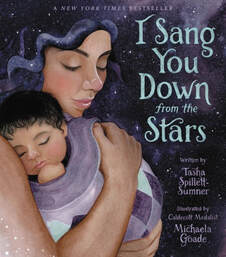
Cynthia Leitich-Smith (Muscogee Creek), Traci Sorell (Cherokee Nation), Michaela Goade (Tlingit), Carole Lindstrom (Metis), and Kevin Maillard (Seminole Nation) will make up this year’s Breakfast speaker panel. They will offer insight into their creative writing process, share their newest work, and offer some candid thoughts on how being Indigenous has strengthened their entire literature experience.
These storytellers celebrate #OwnVoices in the here and now. They offer counter stories to highlight the dynamism of Native American and Alaska Native communities for all ages. During a conversation with them in February 2021, we discussed the joys of reading and storytelling and reflected on the importance of celebrating the rich legacy of Native experiences that influence contemporary society. Native American, American Indian, or Indigenous peoples (terms used interchangeably) make up the 575+ federally recognized tribes and 200+ state-recognized tribes, much diversity exists across this Indigenous landscape in the United States. To celebrate this diversity, in this post, we will share with you the newest works from these amazing storytellers, including samples of teacher guides, links to audio-books, artwork, and other storytelling materials to share both in and outside of the classroom.
Teachers strive to create an environment for children that is all-embracing because they know that when children feel accepted, they will be happy, healthy, and confident members of society. This spirit of inclusiveness should permeate not only the social dynamic of the classroom, but the teaching materials as well. Children’s books that are endowed with social justice themes and multicultural issues provide a much richer reading experience than texts with homogeneous characters and unchallenging stories. The stories shared by these authors and illustrator offer many ways to enlighten students of all ages to the diverse books, cultural nuances, and traditions that Indigenous people bring to the table. Check out these teacher resources for a glimpse into the rich world of native storytelling.
Activity Kits and Teacher Guides
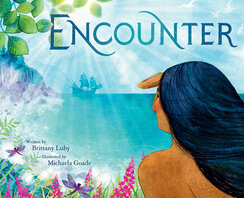
Video & Audio Resources
Rachel Skrlac Lo is an Assistant Professor at Villanova University. She is a Board Member (2020-2022) with the Children's Literature Assembly, Co-Chair of the Diversity, Equity, and Inclusivity Committee, and Co-Chair of the 2021 CLA Breakfast meeting (NCTE).
Casey O'Donnell is a graduate student in the Masters Plus Teacher Certification Program at Villanova University.
BY JEANNE GILLIAM FAIN ON BEHALF OF THE NCBLA 2021 COMMITTEE
The charge of the seven-member national committee is to select 30 books that best exemplify the criteria established for the Notables Award. Books considered for this annual list are works of fiction, nonfiction, and poetry written for children, grades K-8. The books selected for the list must meet the following criteria:
2. have an appealing format;
3. be of enduring quality;
4. meet generally accepted criteria of quality for the genre in which they are written;
5. meet one or more of the following criteria:
- deal explicitly with language, such as plays on words, word origins, or the history of language
- demonstrate uniqueness in the use of language or style; and/or
- invite child response or participation
I am truly thankful for this thoughtful committee that continually encouraged me to keep going as I contacted publishers in hopes of obtaining more physical copies of books. Many publishers returned from turbulent times and physical copies of books were difficult to obtain. However, as a committee member, it’s just easier to dig deeper with a text when you have a physical copy in front of you. Thankfully, publishers started returning to sending physical copies of books at the end of January and in February. We continue to be so thankful for the support many publishers extended to us as they worked diligently to send our committee books. However, that meant, that we had to read on a rigorous schedule and we often had to meet more than twice a month in order to have critical conversations around the literature.
Here’s a figure that highlights our process as a committee:
Recurrent Themes from the 2021 NCBLA List
| This year, we talked about the importance of story and our criteria. We felt that students in K-8 classrooms needed joyful and hopeful stories. We also came to consensus that sad stories are important also. We felt that the readers needed to see themselves in the pages of picture books and novels. We see the strengths of each book and the themes that stand out across books. These themes capture the outstanding books on our 2021 NCBLA list. We are still working with publishers to collect all of the books' covers. But here are a few book covers that highlight some of the incredible books from our list. |
Some of the 2021 NCBLA Books
We invite you to see the power of literature across our 2021 NCBLA Book List!
|
Vera Ahiyya (Brooklyn Arbor Elementary, New York)
Elizabeth Bemiss (University of West Florida) Janine Schall (The University of Texas Rio Grande Valley) |
Jennifer Summerlin (University of Alabama-Birmingham)
Kathryn Will (University of Maine, Farmington) Fran Wilson (Madeira Elementary, Ohio) |
BY DONNA SABIS-BURNS
The movements of #OwnVoices and #WeNeedDiverseBooks have elevated the bar by offering a deeper focus and expanded landscape for celebrating the intricacies that Native storytelling brings to the table. Much too often, books featuring Indigenous people are only pulled off the shelf in October (Columbus) and November (Thanksgiving/Native Heritage Month). Well, it is March/April and I am pleased to share with you some resources you may want to check out and bookmark this spring to break that cycle. This blog post features a few rich and informative web pages, the American Indian Literature Awards (AILA), a shout out to an award-winning #OwnVoices book, and other informative and fun resources that highlight the resilience, authenticity, and beauty in literature through a kaleidoscope of traditions representative of the vast diversity across Indian Country.
Native Cultural Links
Heartdrum
|
Heartdrum is a fun and informative resource offered through HarperCollins Publishers, which provides a range of genuine, innovative, and perhaps unforeseen stories by Indigenous creators for any age. Author-curated by the New York Times Best-Selling Author, Cynthia Leitich Smith, Heartdrum highlights contemporary, near histories and/or futuristic works, including realistic fiction and genre fiction.
|
|
Oyate
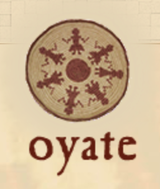
American Indians in Children’s Literature
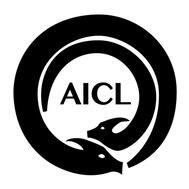
Book Award
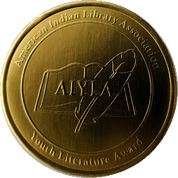
Did you know there is an award specifically for literature featuring Indigenous people? Since 2006, the American Indian Library Association (AILA) biennially considers the finest writing and illustrations by Indigenous peoples of North America for the AILA Youth Literature Award. AILA identifies and honors works that “present Indigenous North American peoples in the fullness of their humanity.” Winners and Honor Books are selected in the categories: Best Picture Book, Best Middle Grade Book, and Best Young Adult Book. If you ever need a resource for choosing quality literature, make sure you visit the American Indian Youth Literature Award web page.
For those not familiar with this organization, AILA is an affiliate of the American Library Association and it is devoted to disseminating information about Indigenous cultures and languages to the library community and beyond.
Check out the video for the 2020 Award winners.
Did you know?
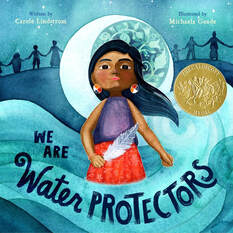
Congratulations to illustrator Michaela Goade (Tlingit) for her 2021 Caldecott Award winning book, We are Water Protectors (2020), authored by Carole Lindstrom (Turtle Mountain Band of Ojibwe). Goade is the very first Indigenous winner of this prestigious award. With Earth Day around the corner, this would be a fabulous book to share. There is even a We are Water Protectors Activity Kit!
The “American Indian Library Association invites you to participate in the inaugural reading challenge. With this challenge we support and recognize our Indigenous authors, scientists, legislators, storytellers, and creators throughout the year, not just during the national Native American Heritage month.” Here is a fun reading challenge to engage readers of all ages.
Final Words
BY ERIKA THULIN DAWES & XENIA HADJIOANNOU, ON BEHALF OF THE BIOGRAPHY CLEARINGHOUSE
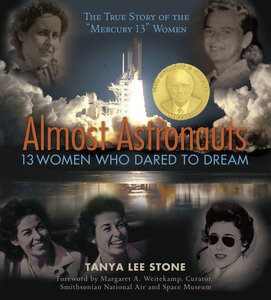
As we continue to work toward greater equality for women, here in the United States and globally, it is critical to share with young people the stories of women across history who have worked toward breaking boundaries for themselves and for other women. Tanya Lee Stone’s Almost Astronauts, 13 Women Who Dared to Dream is an important narrative in that history. Stone relates the story of women’s eventual entry to NASA’s space program by focusing on the stories of 13 women who dreamed of being astronauts and proved themselves through a private testing program in the early 1960s to be just as capable as their male counterparts.
Almost Astronauts is a history text that is highly biographical. It features life stories, but it is not a traditionally organized biography of a single individual or a collection of biographies. To shape the historical narrative, Stone employs several biographer techniques such as well researched and documented character sketches, biographical blurbs, and narrative episodes. The latter are of particular note, as Stone’s vivid descriptions place the reader in the moment with these women as they pursue their dreams. The book is replete with photographs, as well as reproductions and descriptions of primary source documents and artifacts that support and enhance the narrated events but also help establish their historical context.
With a compelling narrative, engaging life stories, and immersive description, Almost Astronauts is a versatile teaching tool for middle and high school classrooms. It fits well in units on space exploration, women’s history, boundary breaking, gender stereotyping, and narrative writing. In our entry on The Biography Clearinghouse, we use the Investigate, Explore, and Create Model to present ideas for using this book in the classroom as a read aloud, a text to use in literature circles, a mentor text, and a resource text.
|
Read Aloud:
We provide resources to carry out a multimedia-enhanced read aloud, during which you would share and discuss primary and secondary visual, audio, and video resources that enhance students’ understanding of context, character and theme. Literature Circles Title:
We suggest Almost Astronauts as one title in a text set of long-form picturebooks and chapter books focusing on the theme: “Women Breaking Boundaries for Self and Others.” Groups of students reading these titles would create response projects so that the class can compare the childhoods, accomplishments, and challenges of the women featured in the books. Mentor Text:
Stone’s engaging writing style makes Almost Astronauts an ideal mentor text for nonfiction narrative techniques, such as “explode the moment” for emphasizing key moments and turning points, (Harper, 1997) and ‘In Medias Res’ as a technique to immerse the reader in action. Resource Text: Taking a critical literacy stance, Almost Astronauts becomes a valuable resource in a study of persistent gender stereotypes and discriminatory practices. By providing details about popular culture and examples from media at the time, Stone offers young readers the opportunity to unpack and compare messaging about women and their expected behaviors and possibilities for achievement. These lenses can then be applied to contemporary popular culture texts and media so that students can discuss what has changed and what has not and consider action toward equity. |
CHECK OUT THE BOOK ENTRY |
Composing Multimodal Multigenre Biographies
In this recommendation, students have the opportunity to engage in their own biography research and experiment with biography composition through a multimodal, multigenre approach.
If you have 1-2 hours... |
If you have 1-2 days... |
If you have 1-2 weeks... |
Working in pairs or a small group, students select a contemporary or historical figure whose life fascinates them. Using a set of school-approved sources, have students compile a collection of links and other resources that represent the life story of their subject. Invite students to create a virtual biography exhibit through a gallery board platform (e.g. Padlet) for the figure they chose. The exhibit should be purposefully curated and annotated or captioned to tell the life story of their subject and emphasize the characteristics that intrigue them. |
Building on the collection of resources they have developed for the virtual biography exhibit, have students in their pairs or small groups create a Pecha Kucha style presentation. A Pecha Kucha presentation is a presentation featuring 20 images/slides appearing on the screen for 20 seconds each. Check out this video for a short tutorial. |
Have students use their virtual biography exhibit as the basis for producing a biographical documentary of their chosen subject that incorporates primary source documents, artifacts, photos, video, etc. and multiple pieces in different genres and modalities (written language, visual, audio, video). Depending on the technology affordances of your setting and your students’ experience with video editing, the biographical documentary can be created using such tools as iMovie, a PowerPoint presentation narrated and exported as a video file, or a recorded Zoom session using screen share. There also are several free video editing apps students can utilize. Teaching students how to cite their resources would be a vital component of this project. |
References
Harper, L. (1997). The writer’s toolbox: Five tools for active revision instruction. Language Arts, 74(3), 193–200.
Xenia Hadjioannou is an Associate Professor of Language and Literacy Education at the Harrisburg campus of Penn State University where she teaches and works with pre- and in-service teachers through various courses in language and literacy methodology. She is the co-director of the Capital Area Writing Project, the Vice President and Website Manager of the Children's Literature Assembly, and a co-editor of The CLA Blog.
BY MEGHAN VALERIO & WILLIAM BINTZ
|
What are Crossover Picturebooks?
In a world where in-person and online book shopping and borrowing is organized by genre and age, this makes these “ageless” books complex. Consider first an adult purchasing a picturebook for themselves, and on the flip side, encouraging a child to purchase a book about abuse. Both instances could be questionable, even alarming to some.
While there are truly designated texts for children, like aesthetic and sensory appealing babybooks (Kümmerling-Meibauer, 2015), crossover picturebooks defy traditional book categorizing norms, causing anyone interested to rethink what counts as children’s literature vs. adult.
Children’s literature though is written and published by adults for children (Rosen, 1997). So really, is there such a thing as a true children’s book if the text isn’t written by children at all?
What Concerns Does This Raise?
FINDING |
EXAMPLE |
Feel uncomfortable with the idea of using literature, like crossover picturebooks, to teach controversial issues. |
“I struggle with the idea of using literature to teach controversial topics. Mostly it is because I want to teach in elementary, and you combine that and ESL learners and all the extra culture and language barriers and it could be very difficult” (elementary teacher) |
Feel pressure from a variety of stakeholders. |
“I will face a lot of pressure to use literature like this. Using these books to teach will put me in big trouble with the whole community members” (elementary teacher) |
Picturebooks
|
Professional Literature
Editorial Note: Valerio and Bintz will contribute a follow-up post next week. The next entry dives deeper into exploring Crossover Picturebooks by looking closely at one such book, discussing the benefits of using crossover picturebooks, and inviting a new possible stance on curriculum |
References
Falconer, R. (2008). The Crossover Novel: Contemporary Children’s Fiction and Its Adult Readership. London, UK: Routledge.
Harju, M.L. (2009). Tove Jansson and the crossover continuum. The Lion and the Unicorn, 33(3), 362-375.
Kümmerling-Meibauer, B. (2015). From baby books to picturebooks for adults: European picturebooks to the new millennium. Word & Image, 31 (3), 249-264.
Rosen, J. (1997). Breaking the age barrier. Publishers Weekly. 243 (6).
William Bintz is Professor of Literacy Education in the School of Teaching, Learning, and Curriculum Studies at Kent State University. His professional interests include the picturebook as object of study, literature across the curriculum K-12, and collaborative qualitative literacy research.
Authors:
CLA Members
Supporting PreK-12 and university teachers as they share children’s literature with their students in all classroom contexts.
The opinions and ideas posted in the individual entries are those of the individual authors and do not necessarily reflect the opinions or views of CLA or the Blog Editors.
Blog Editors
contribute to the blog
If you are a current CLA member and you would like to contribute a post to the CLA Blog, please read the Instructions to Authors and email co-editor Liz Thackeray Nelson with your idea.
Archives
May 2024
April 2024
March 2024
February 2024
January 2024
December 2023
November 2023
October 2023
September 2023
August 2023
May 2023
April 2023
March 2023
December 2022
November 2022
October 2022
September 2022
August 2022
June 2022
May 2022
April 2022
March 2022
February 2022
January 2022
December 2021
November 2021
October 2021
September 2021
August 2021
June 2021
May 2021
April 2021
March 2021
February 2021
January 2021
December 2020
November 2020
October 2020
September 2020
August 2020
June 2020
May 2020
April 2020
March 2020
Categories
All
Activism
Advocacy
African American Literature
Agency
All Grades
American Indian
Antiracism
Art
Asian American
Authors
Award Books
Awards
Back To School
Barbara Kiefer
Biography
Black Culture
Black Freedom Movement
Bonnie Campbell Hill Award
Book Bans
Book Challenges
Book Discussion Guides
Censorship
Chapter Books
Children's Literature
Civil Rights Movement
CLA Auction
CLA Breakfast
CLA Expert Class
Classroom Ideas
Collaboration
Comprehension Strategies
Contemporary Realistic Fiction
COVID
Creativity
Creativity Sponsors
Critical Literacy
Crossover Literature
Cultural Relevance
Culture
Current Events
Digital Literacy
Disciplinary Literacy
Distance Learning
Diverse Books
Diversity
Early Chapter Books
Emergent Bilinguals
Endowment
Family Literacy
First Week Books
First Week Of School
Garden
Global Children’s And Adolescent Literature
Global Children’s And Adolescent Literature
Global Literature
Graduate
Graduate School
Graphic Novel
High School
Historical Fiction
Holocaust
Identity
Illustrators
Indigenous
Indigenous Stories
Innovators
Intercultural Understanding
Intermediate Grades
International Children's Literature
Journal Of Children's Literature
Language Arts
Language Learners
LCBTQ+ Books
Librarians
Literacy Leadership
#MeToo Movement
Middle Grade Literature
Middle Grades
Middle School
Mindfulness
Multiliteracies
Museum
Native Americans
Nature
NCBLA List
NCTE
NCTE 2023
Neurodiversity
Nonfiction Books
Notables
Nurturing Lifelong Readers
Outside
#OwnVoices
Picturebooks
Picture Books
Poetic Picturebooks
Poetry
Preschool
Primary Grades
Primary Sources
Professional Resources
Reading Engagement
Research
Science
Science Fiction
Self-selected Texts
Small Publishers And Imprints
Social Justice
Social Media
Social Studies
Sports Books
STEAM
STEM
Storytelling
Summer Camps
Summer Programs
Teacher
Teaching Reading
Teaching Resources
Teaching Writing
Text Sets
The Arts
Tradition
Translanguaging
Trauma
Tribute
Ukraine
Undergraduate
Using Technology
Verse Novels
Virtual Library
Vivian Yenika-Agbaw Student Conference Grant
Vocabulary
War
#WeNeedDiverseBooks
YA Lit
Young Adult Literature

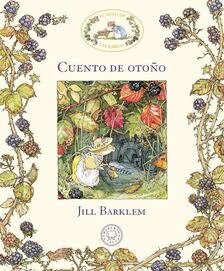
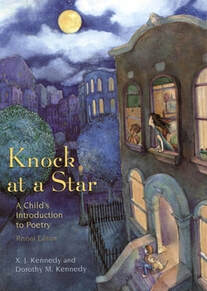
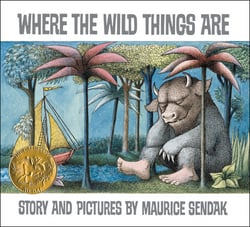
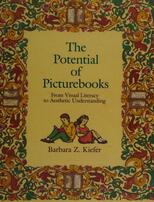
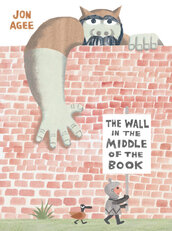
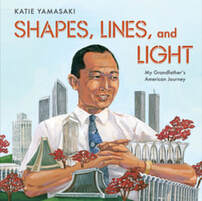
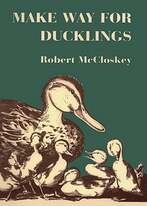

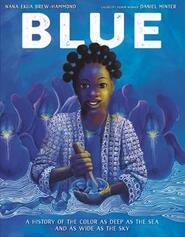
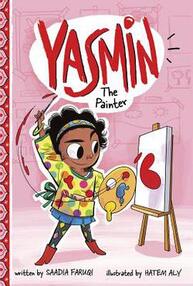
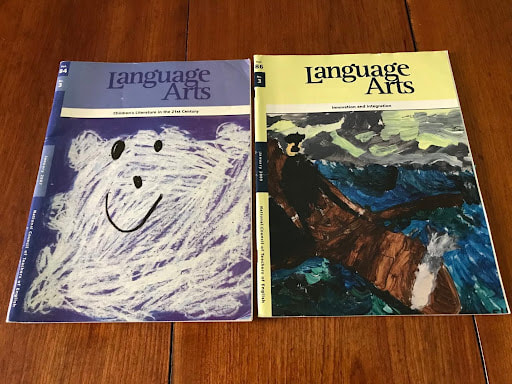
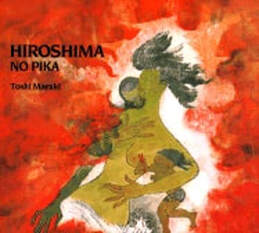
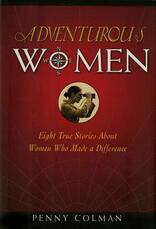
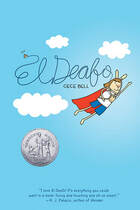
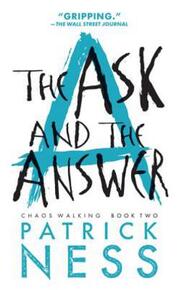
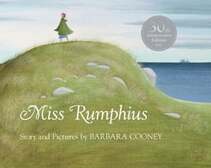
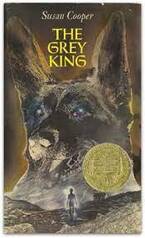
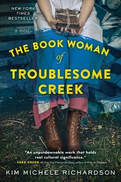
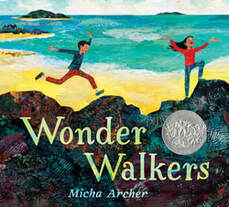
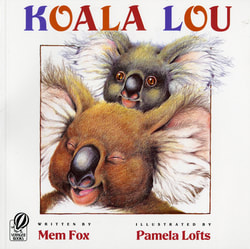
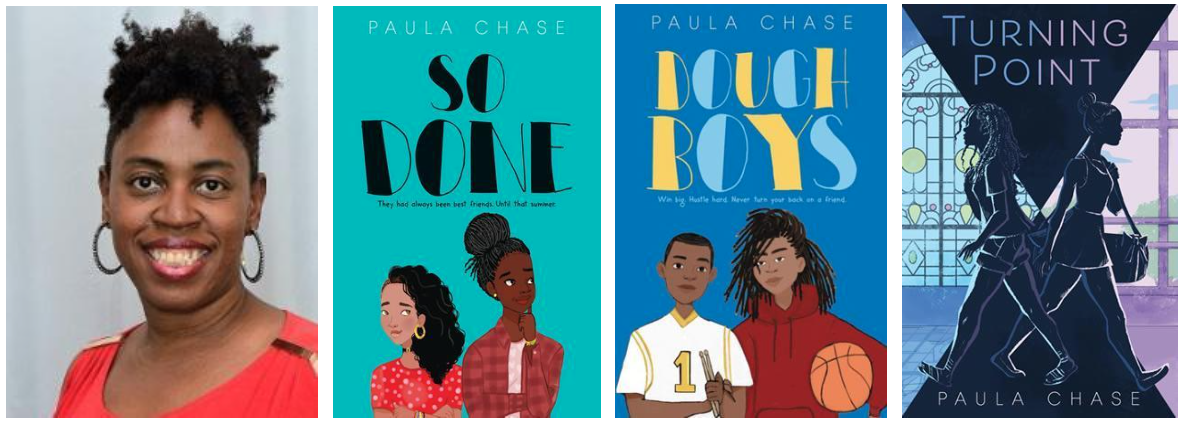
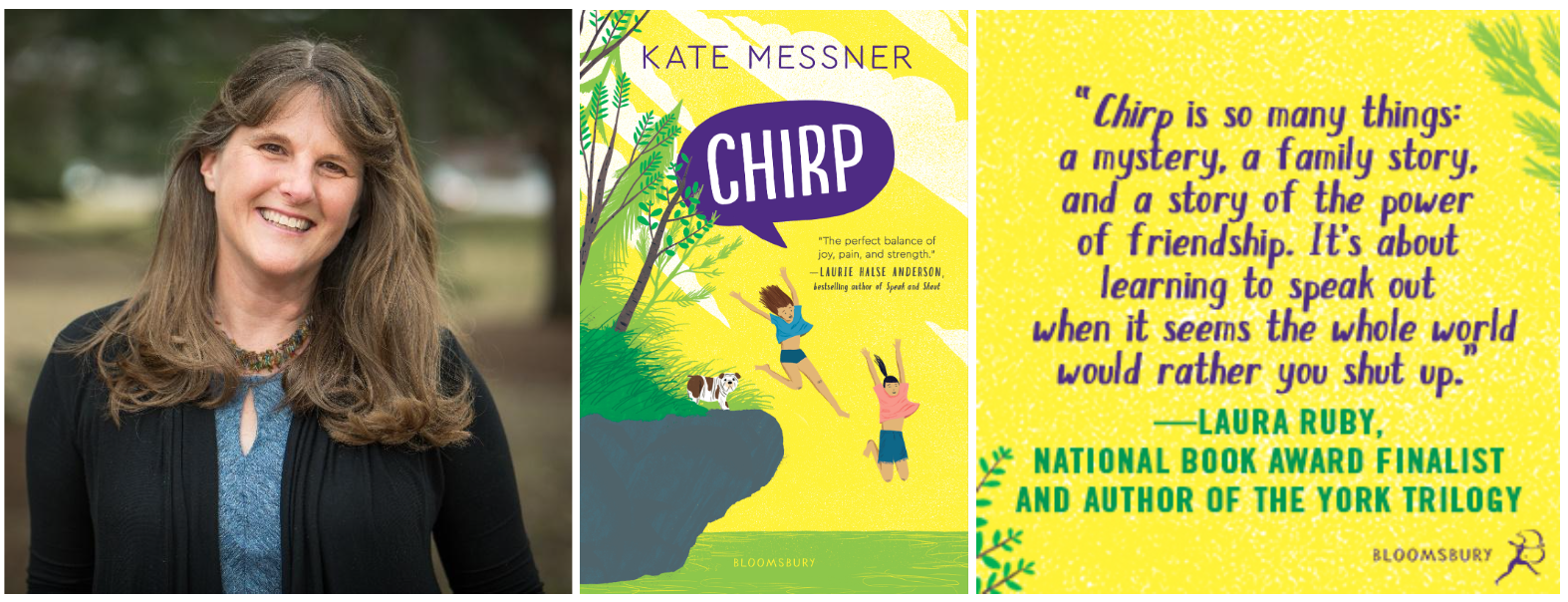
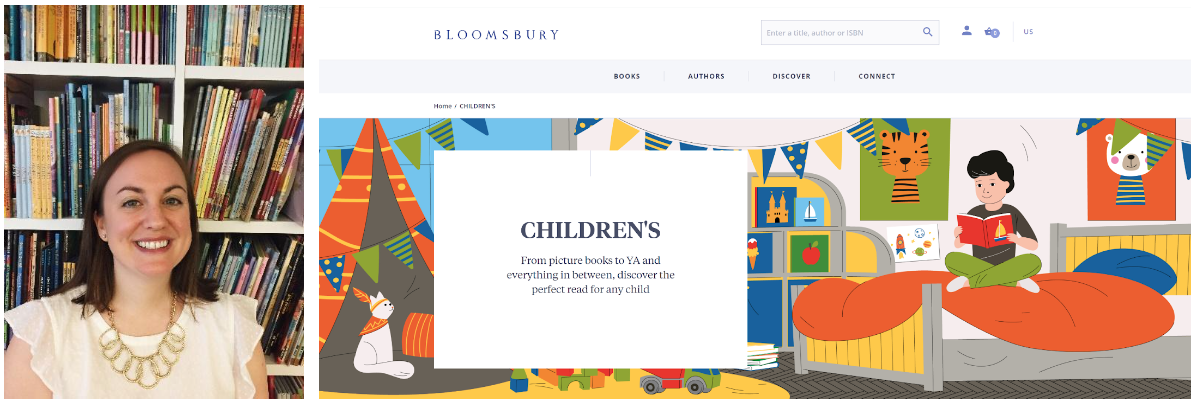
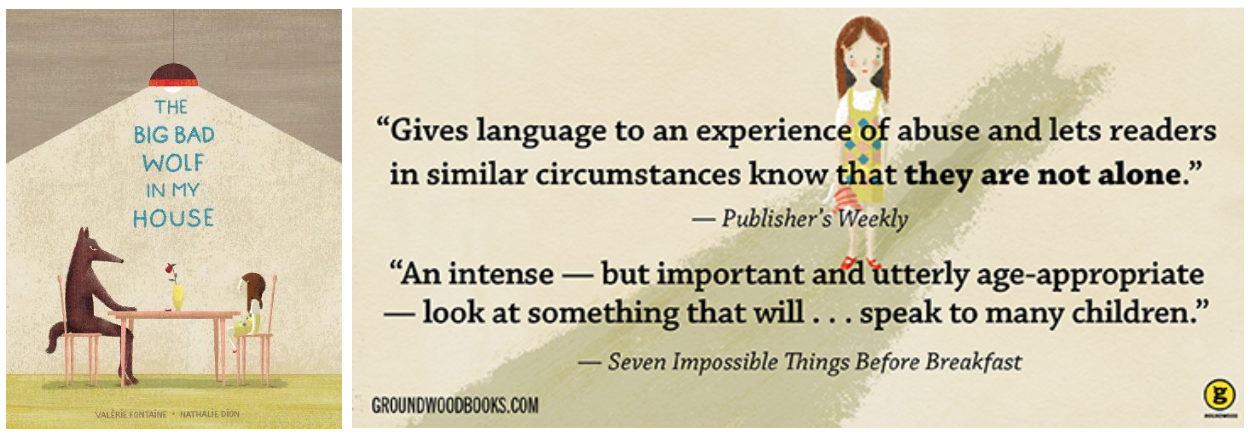


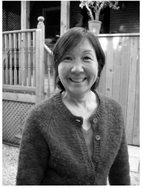

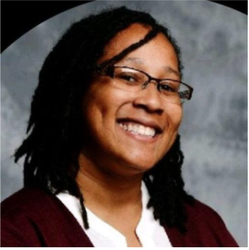
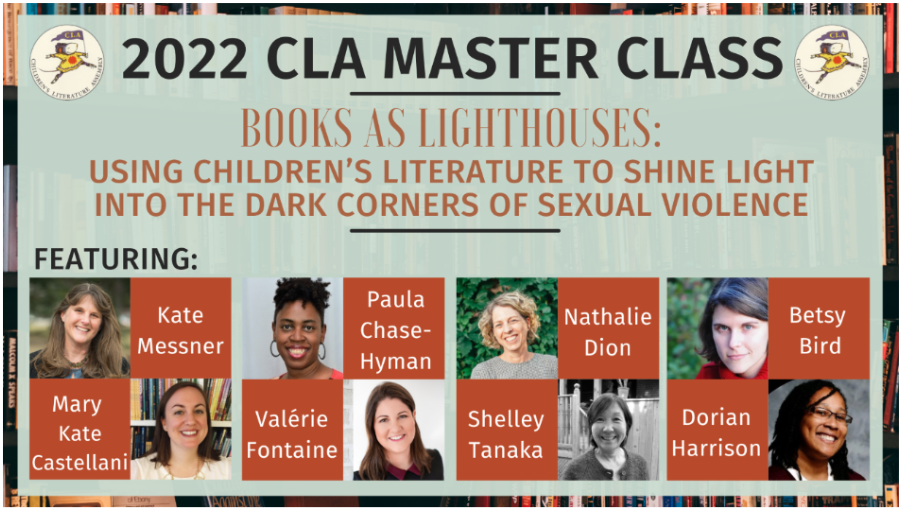
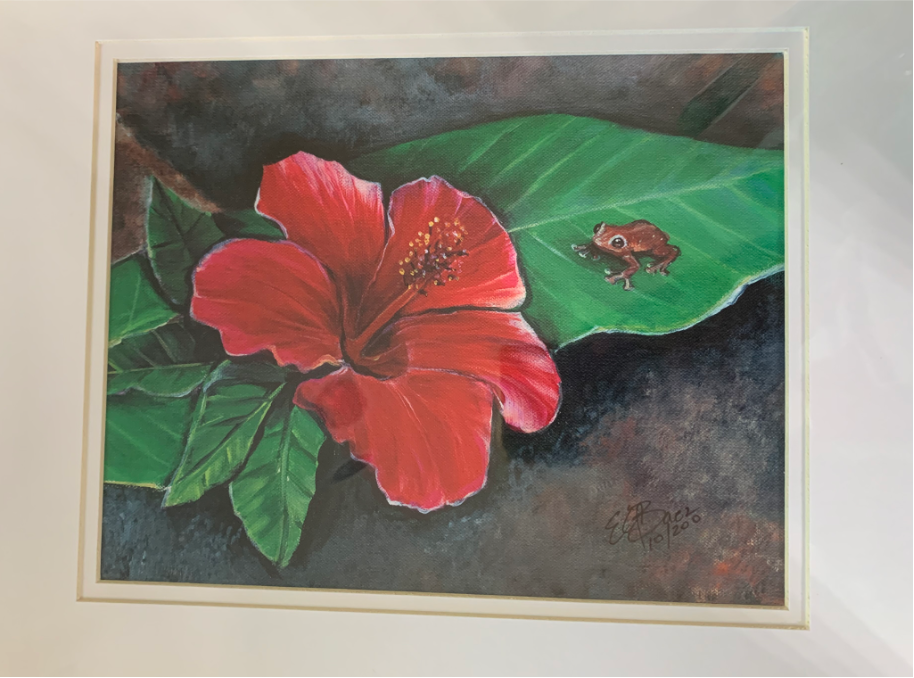
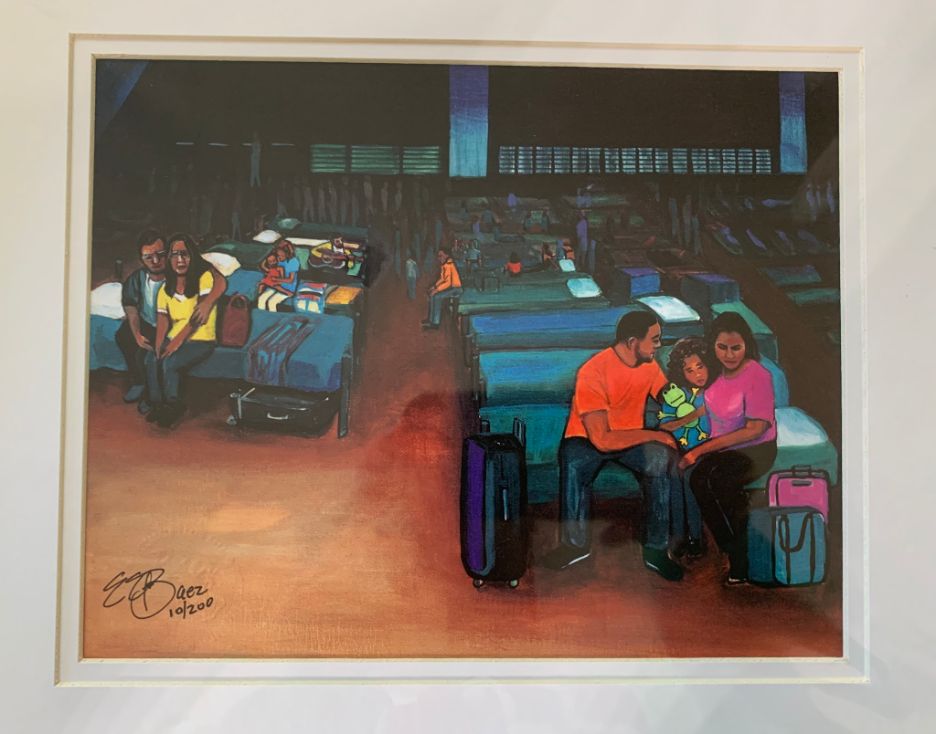
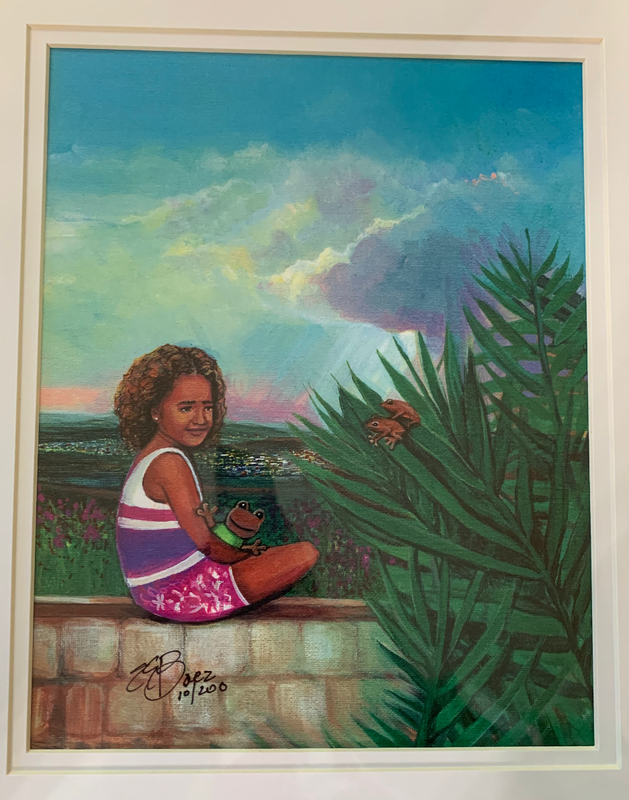
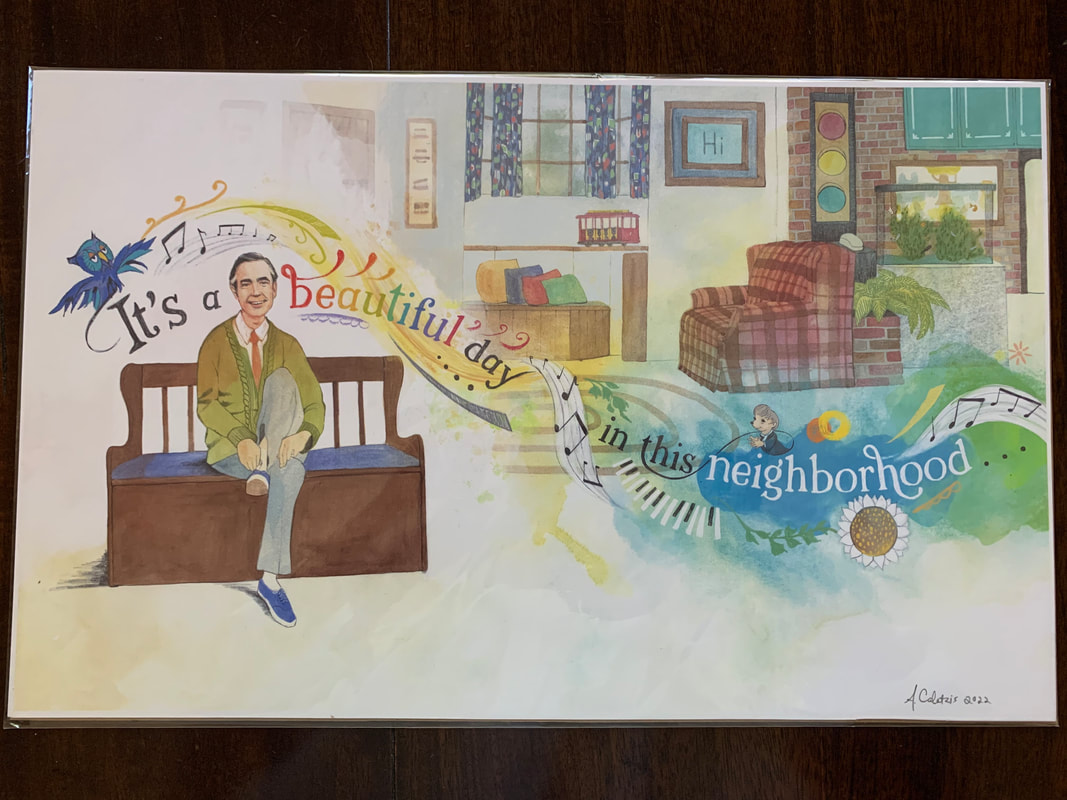
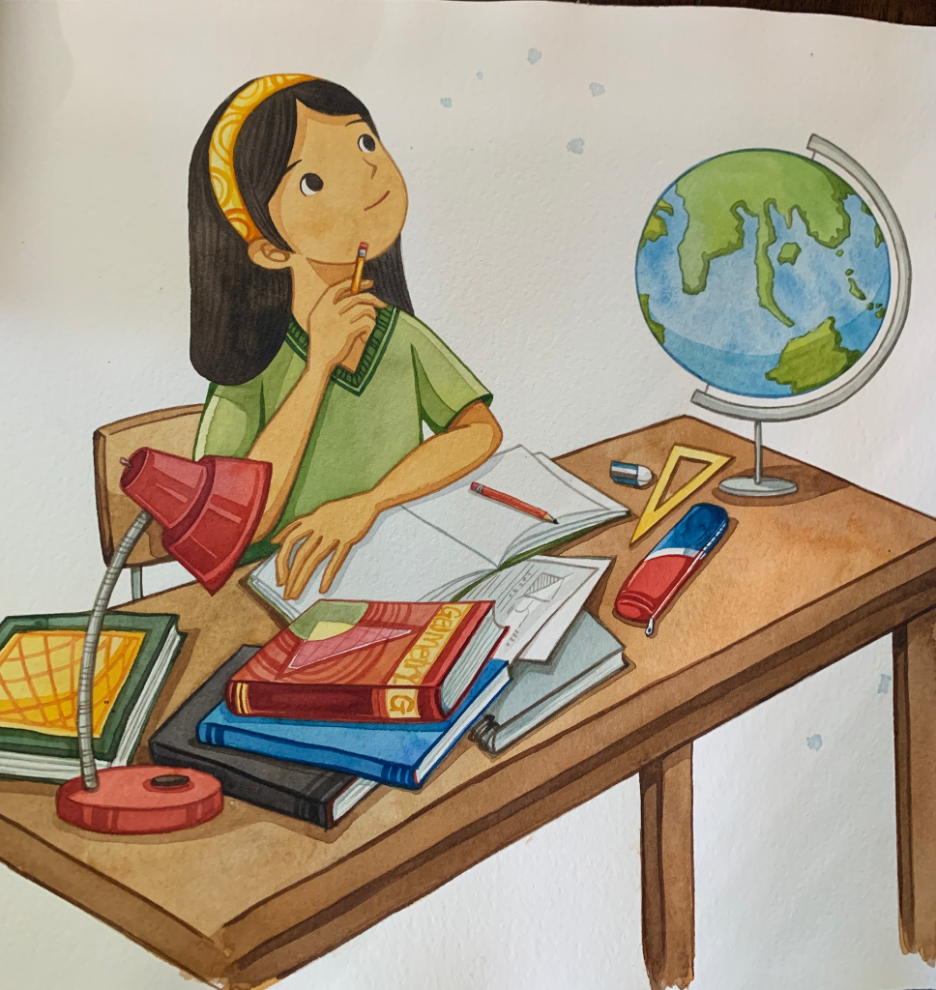
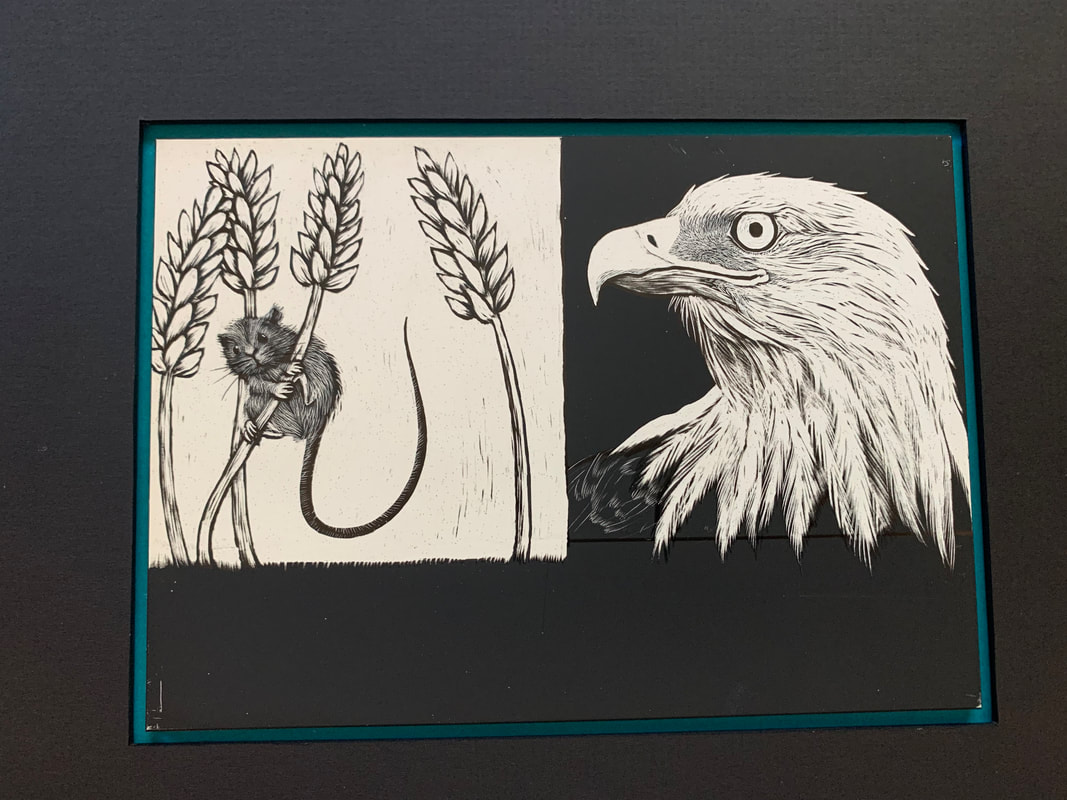
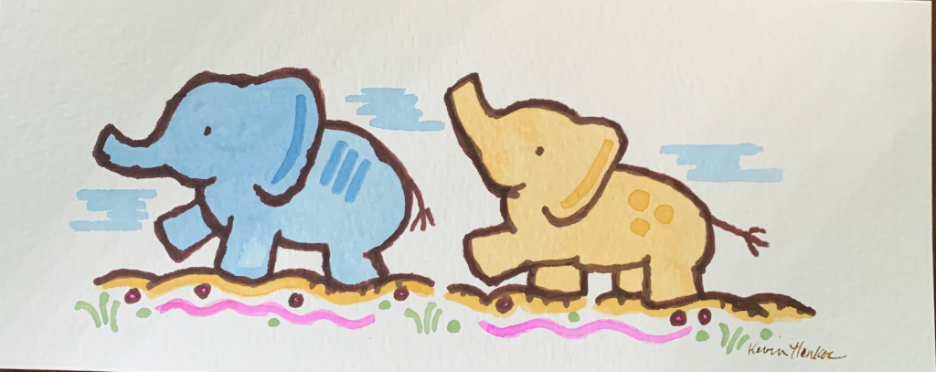
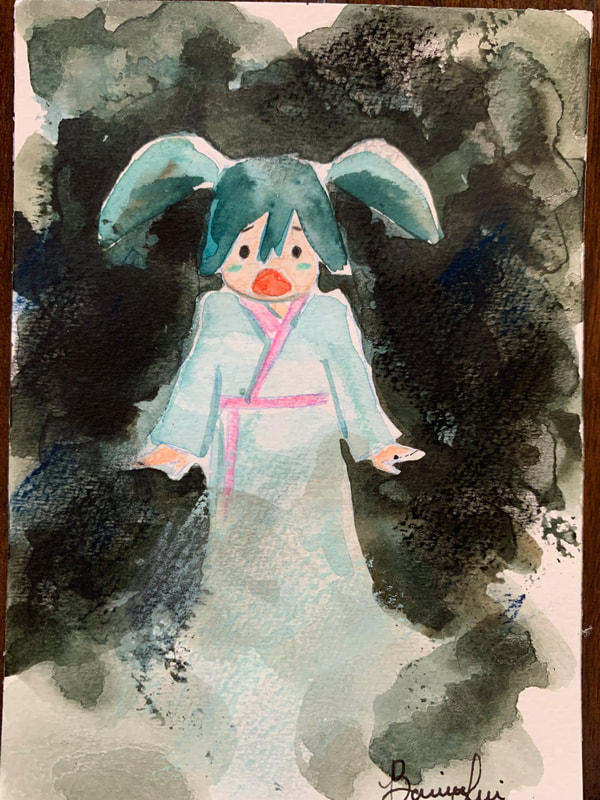
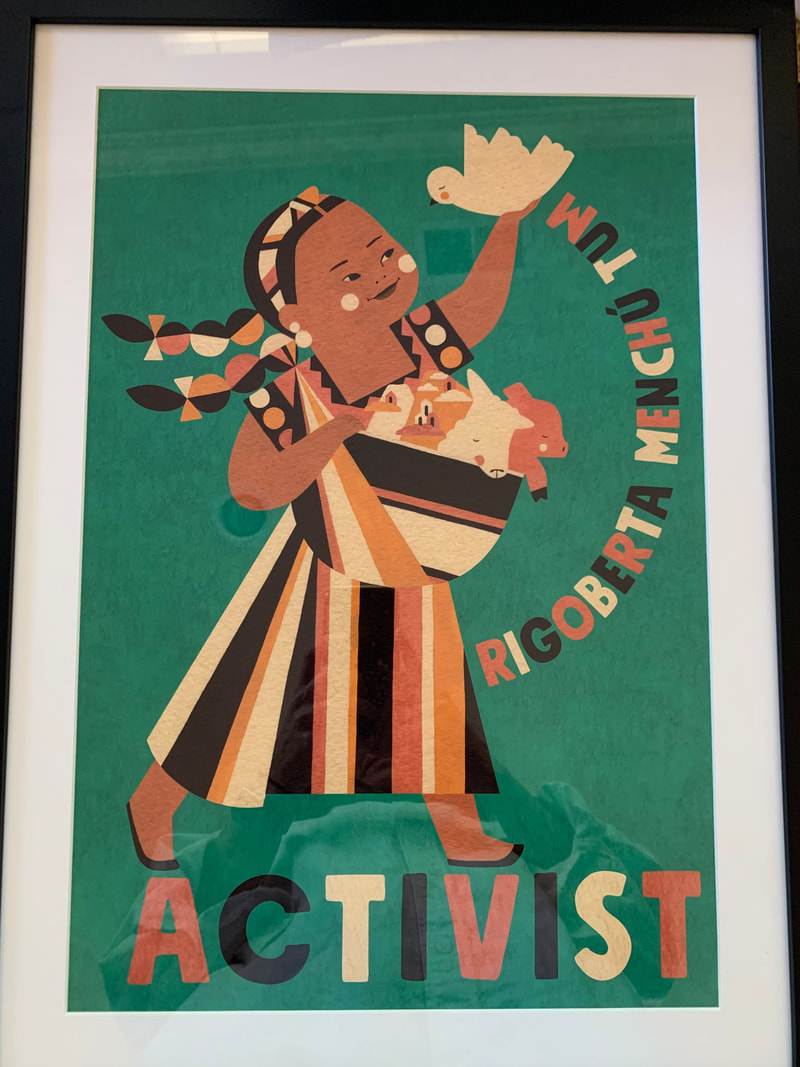
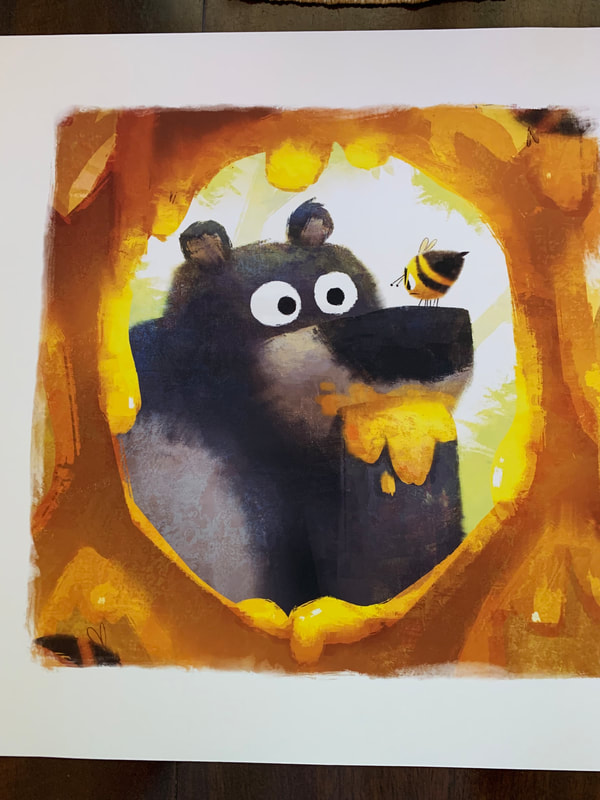
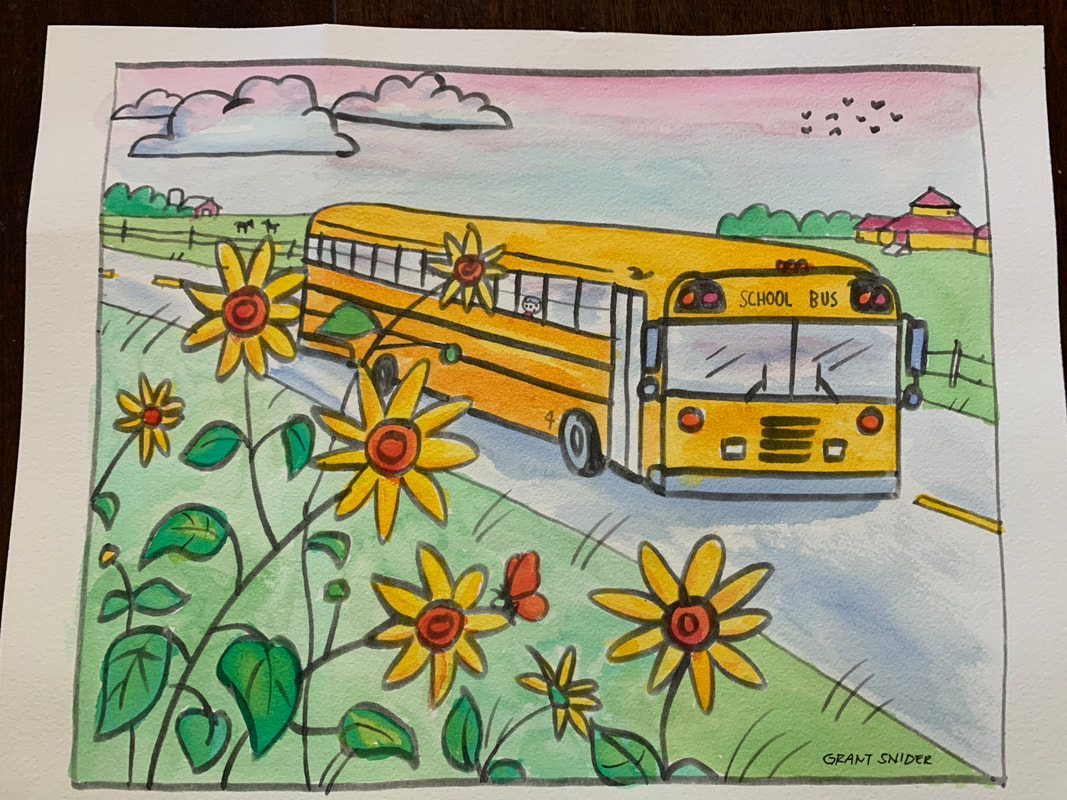
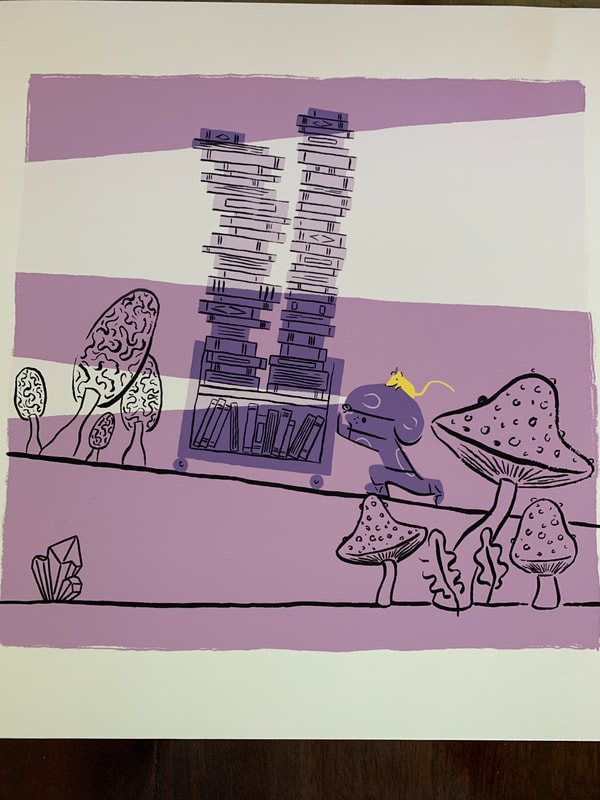
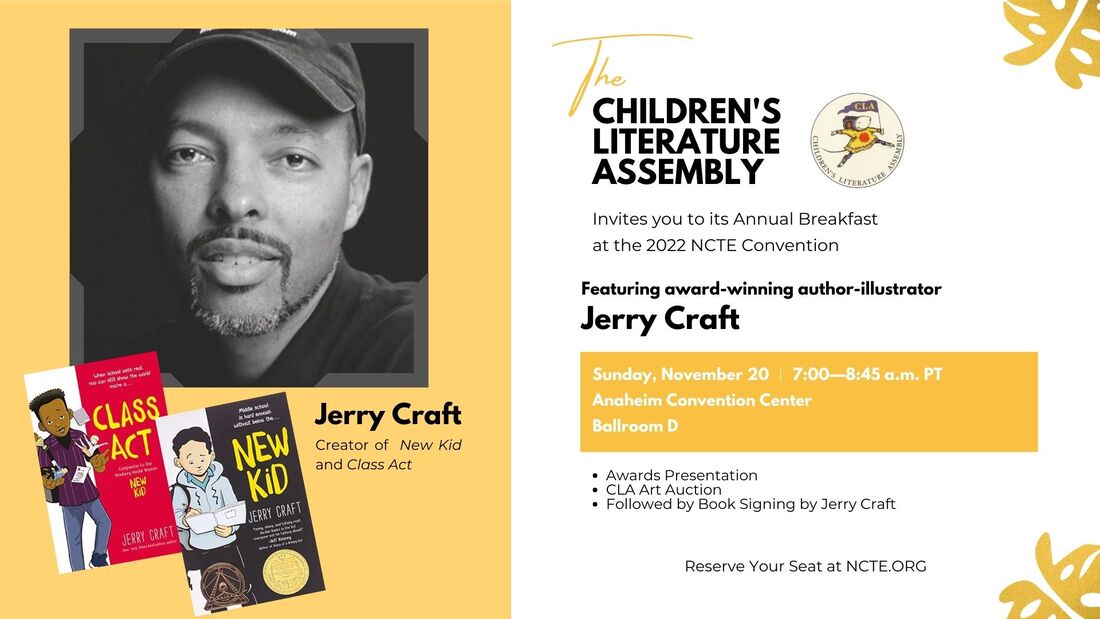
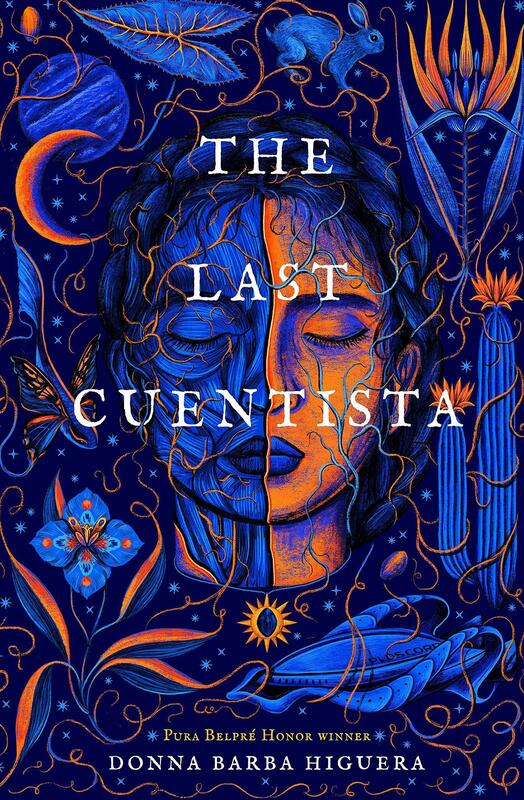
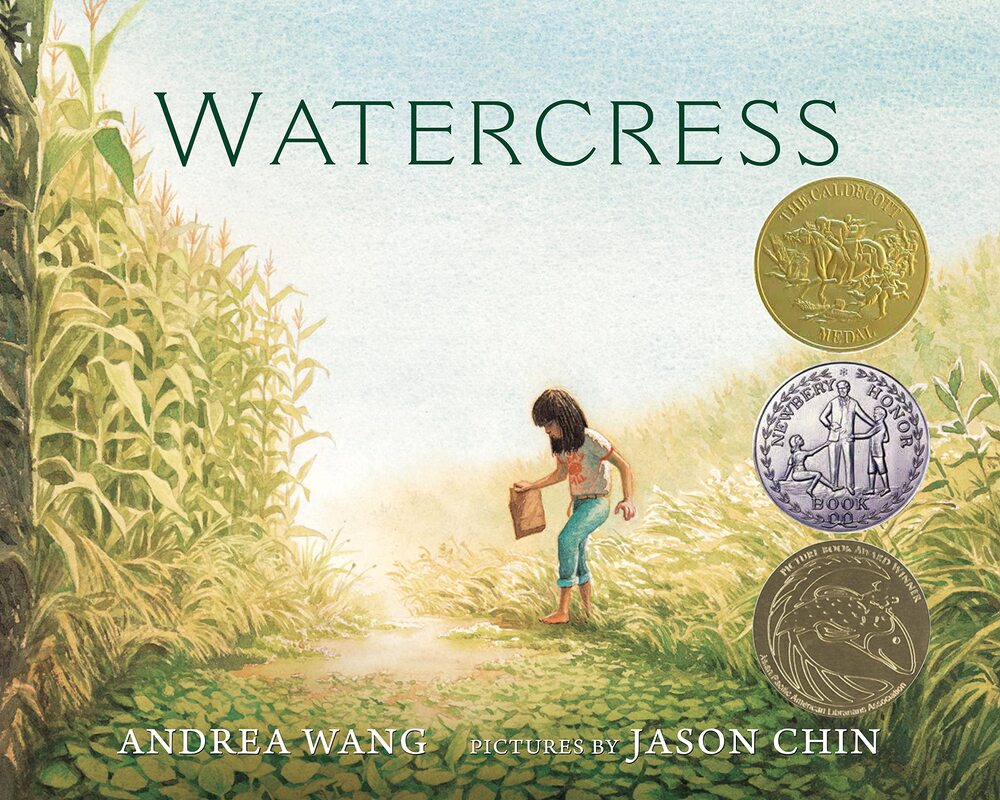
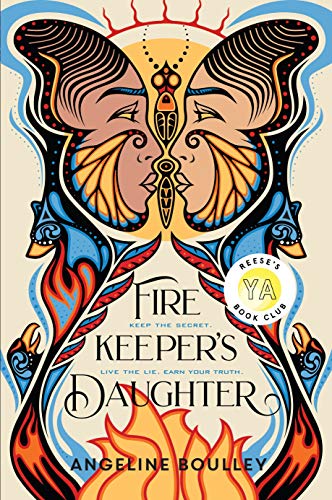
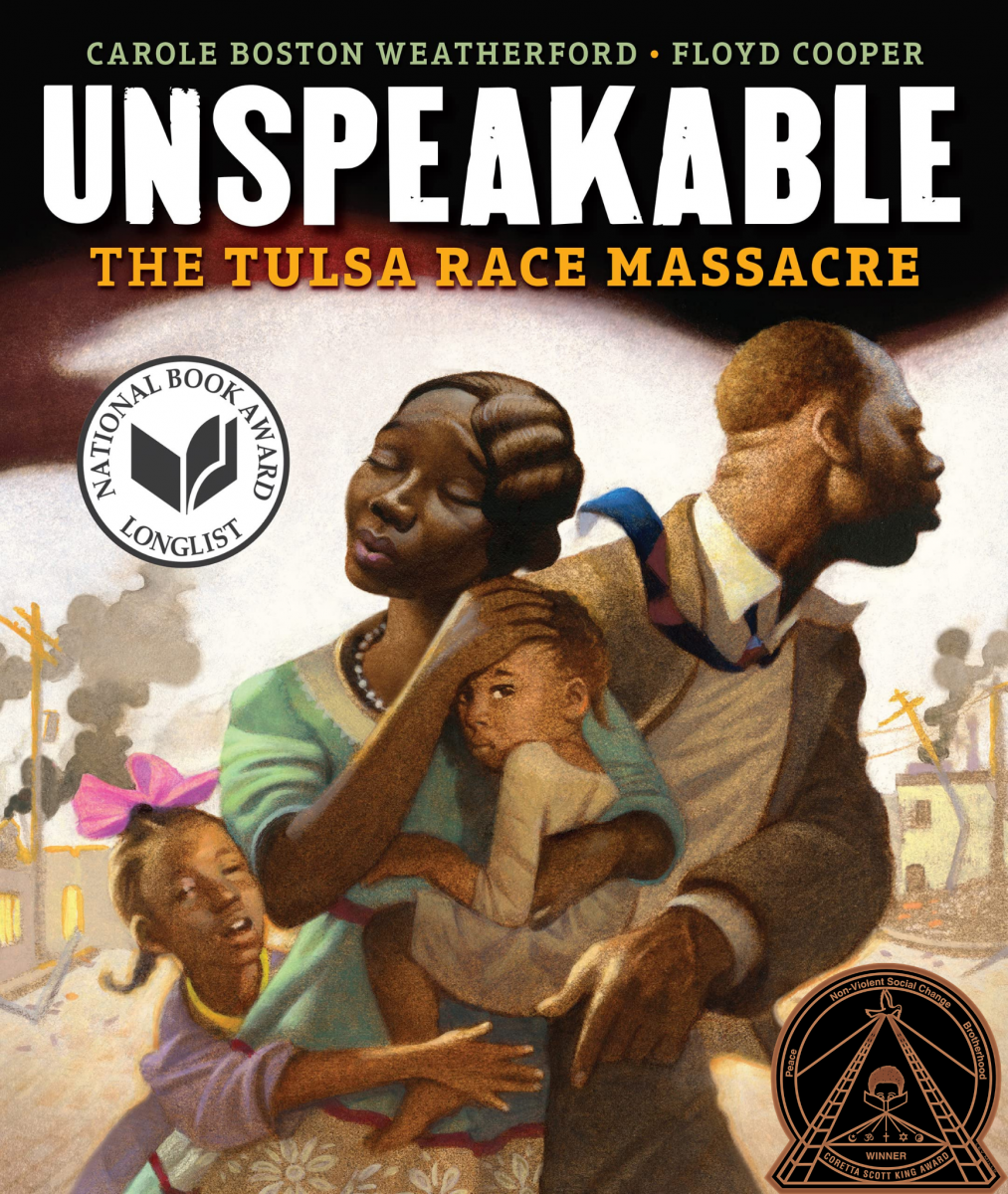
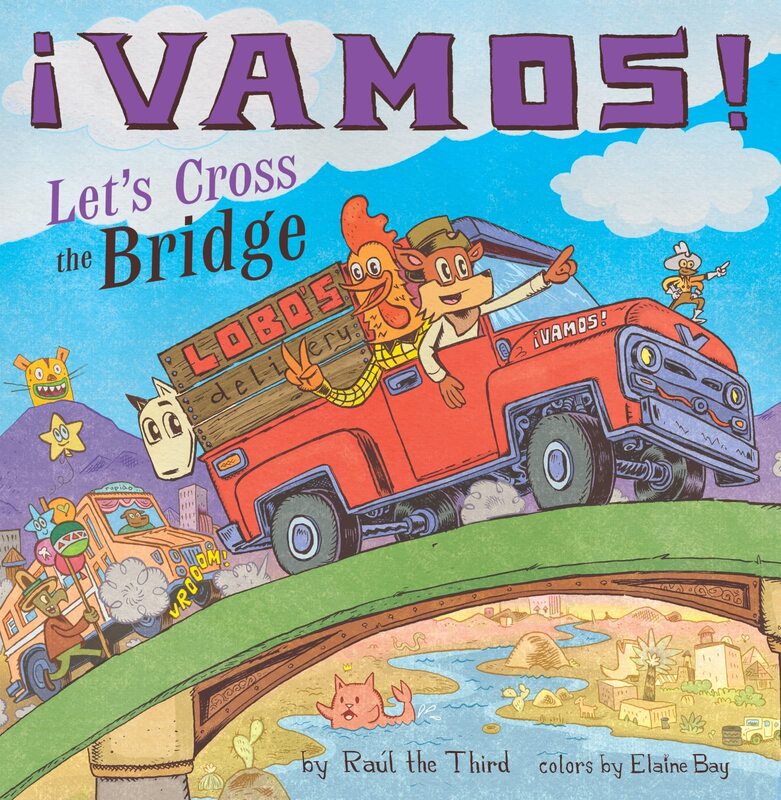
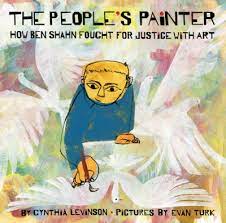
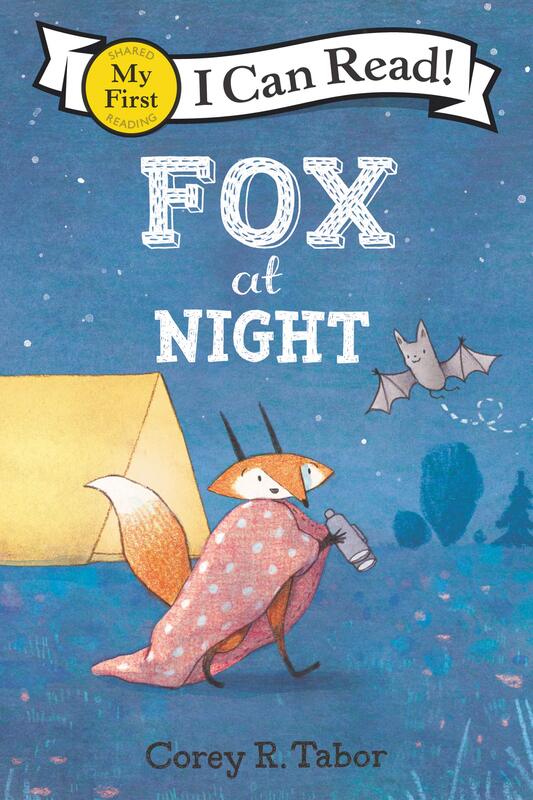
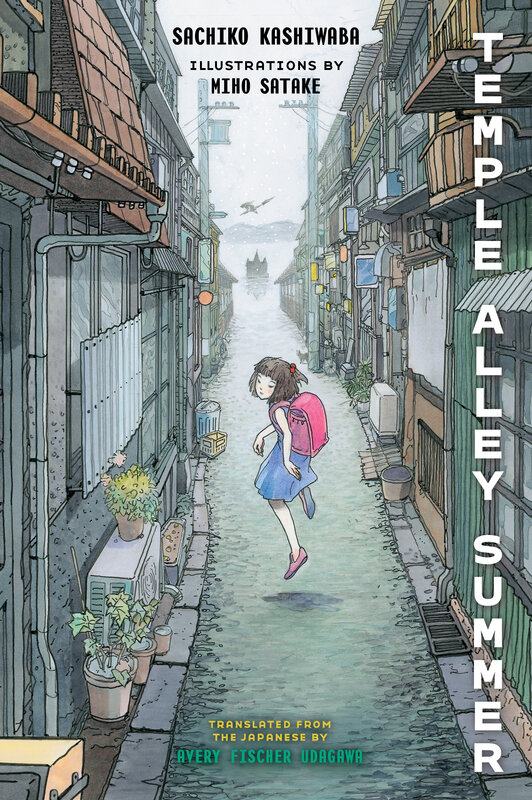
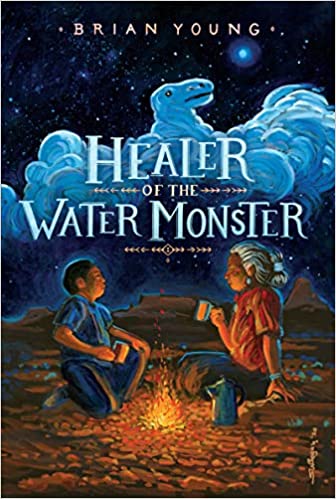
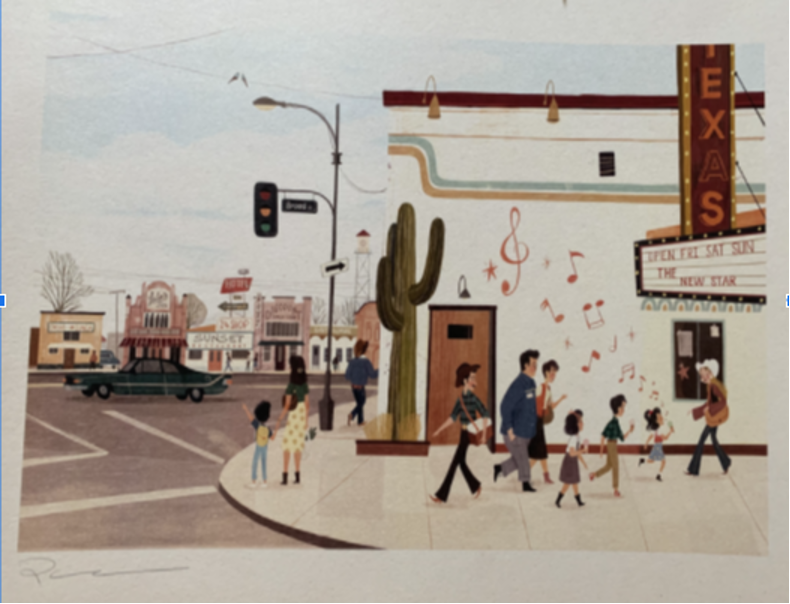
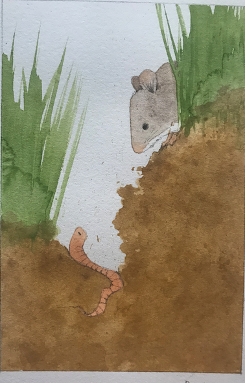

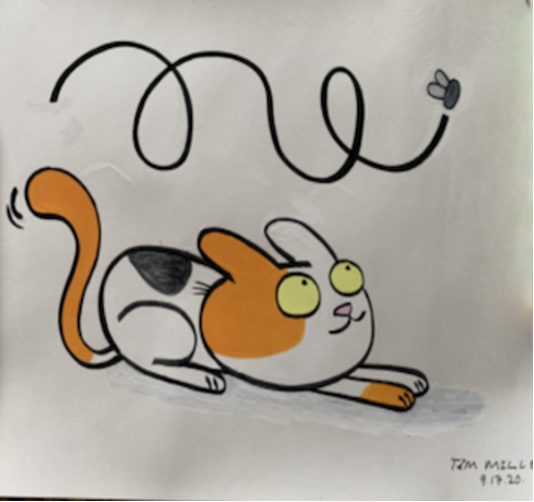
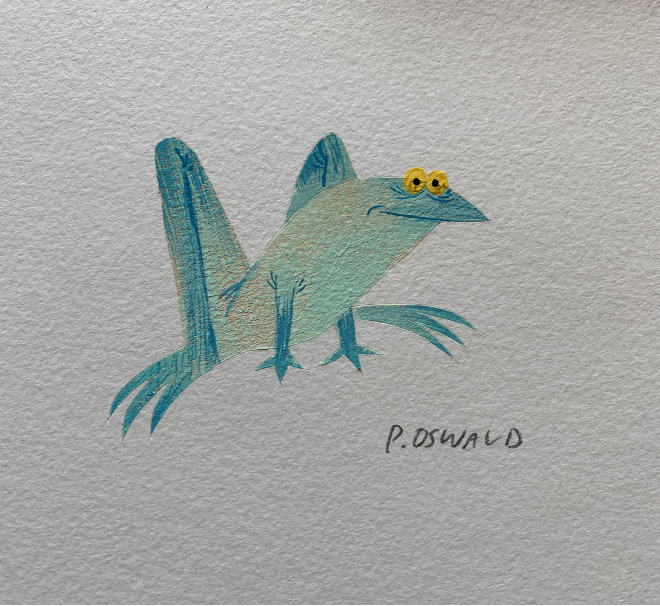
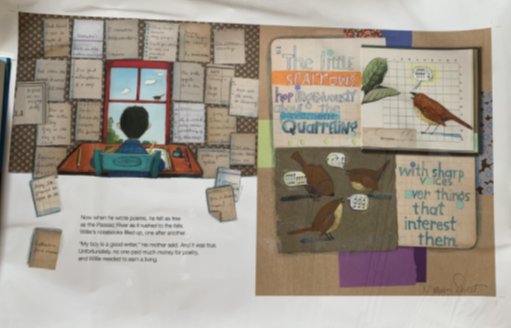
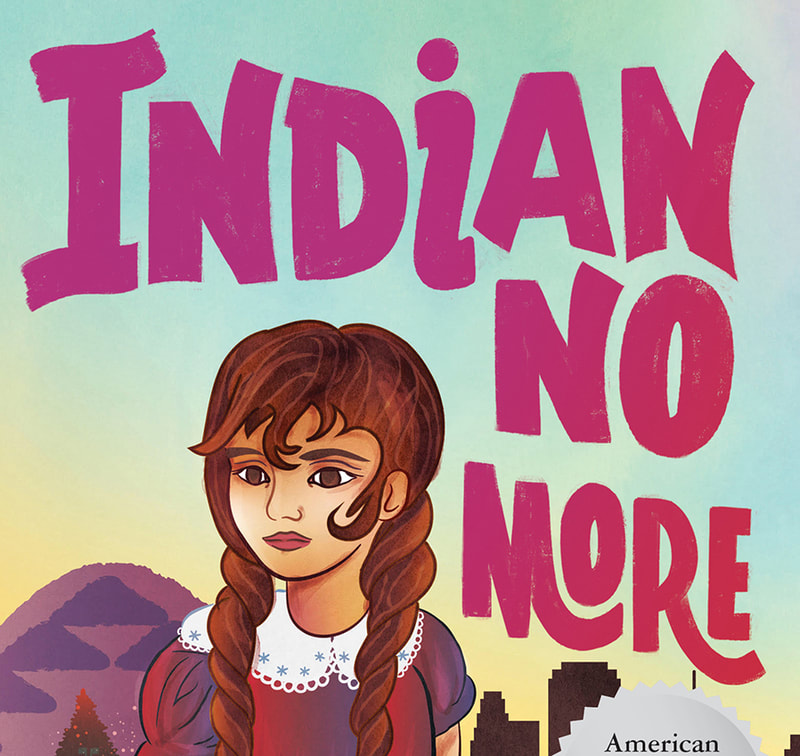
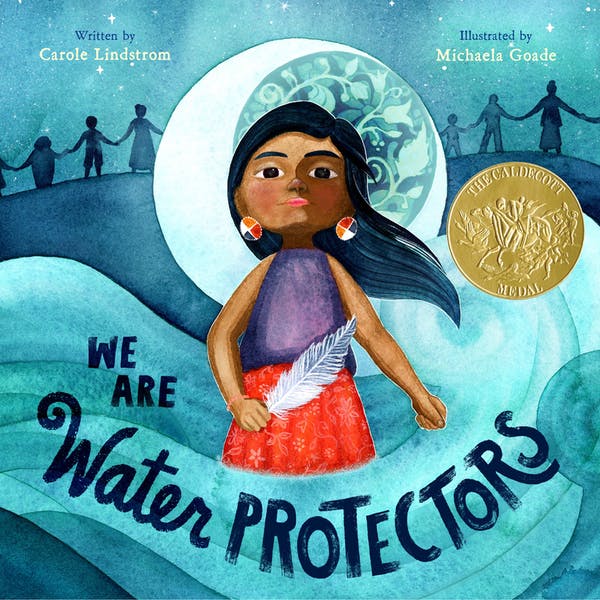
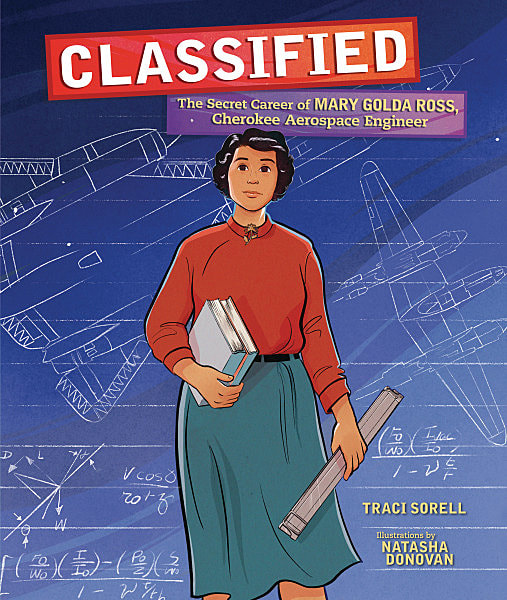
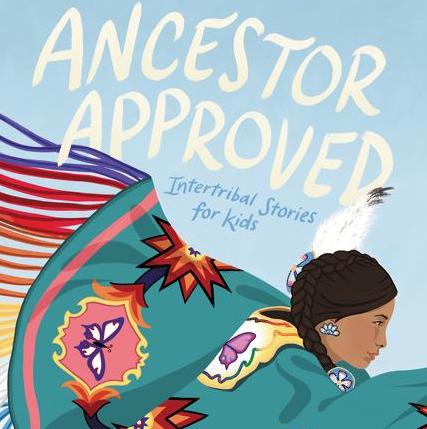
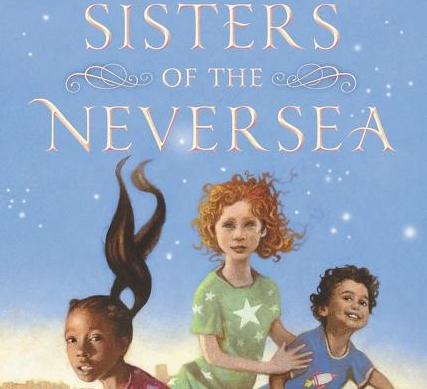
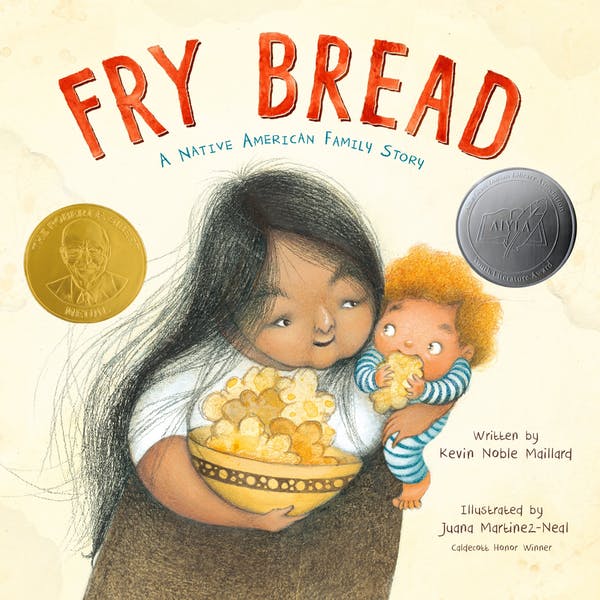
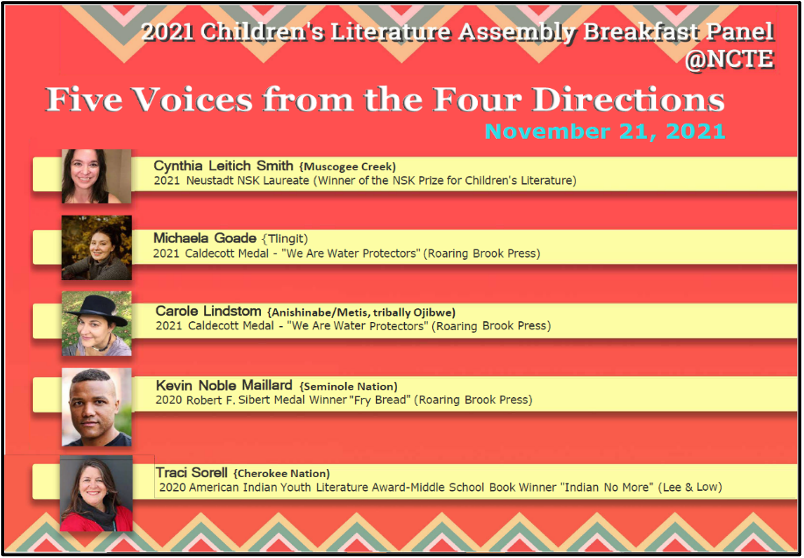
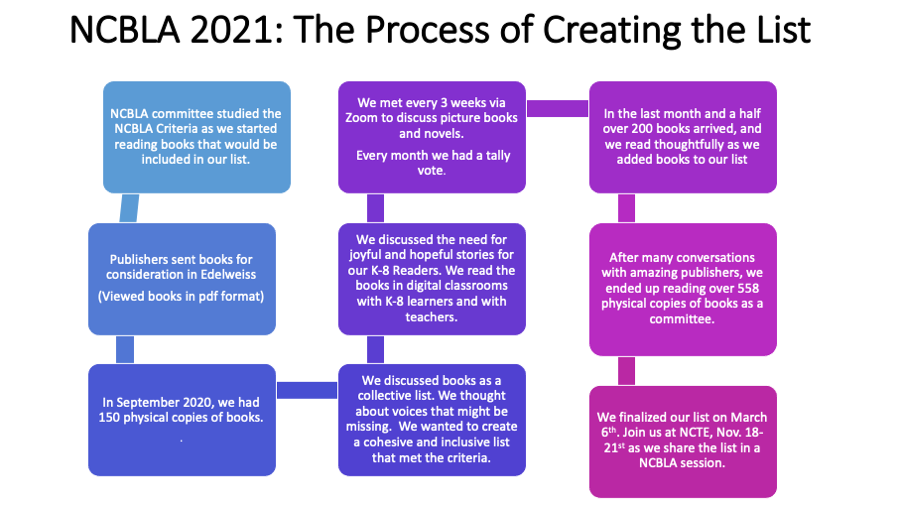
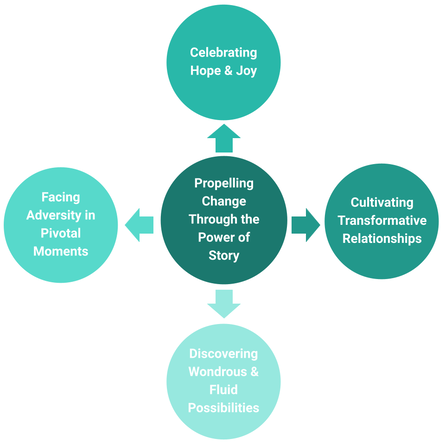
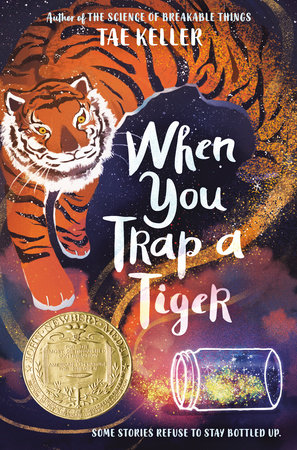
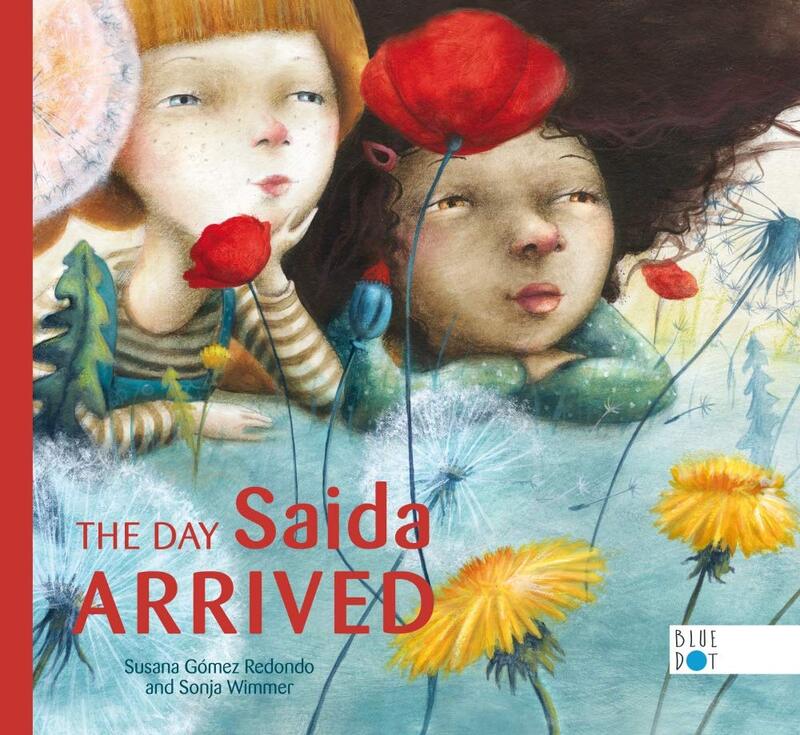
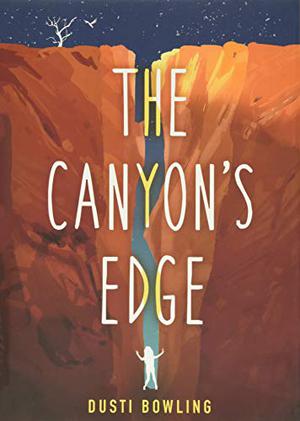
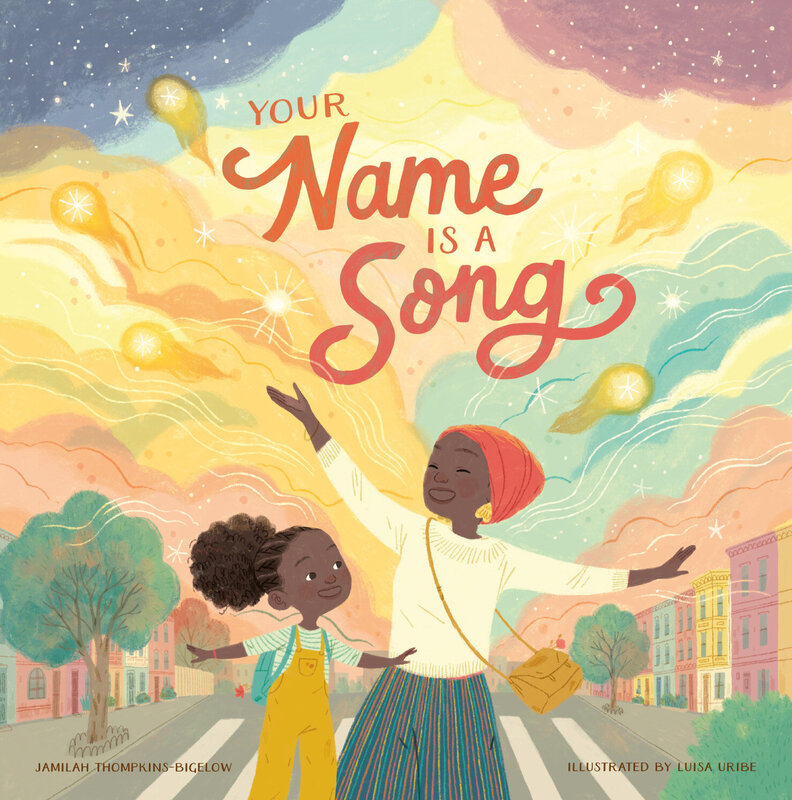
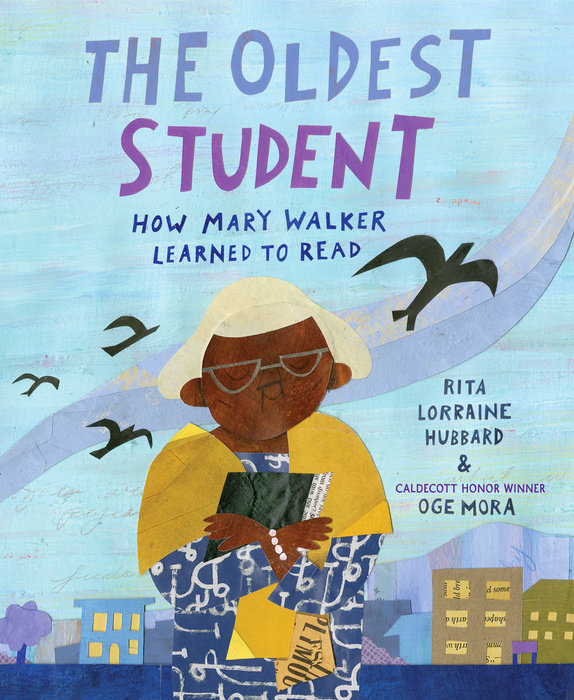
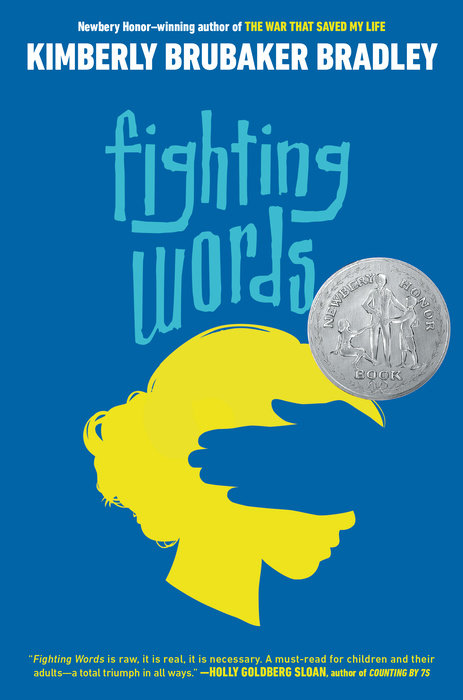
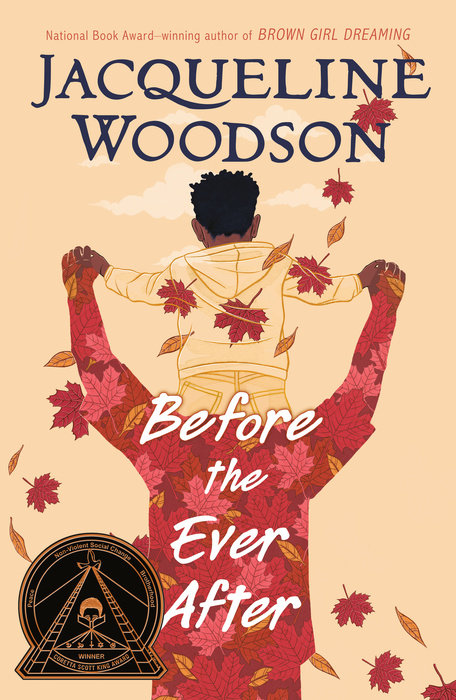
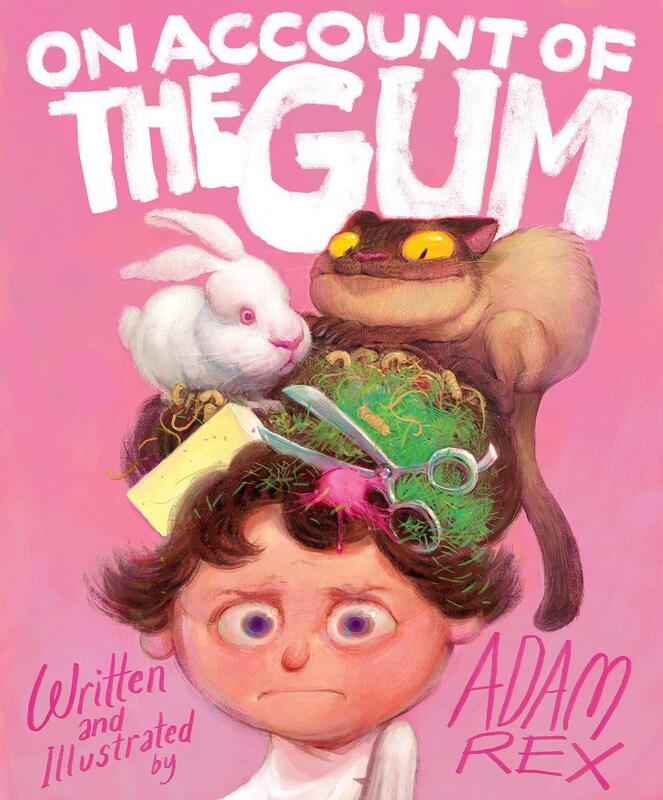
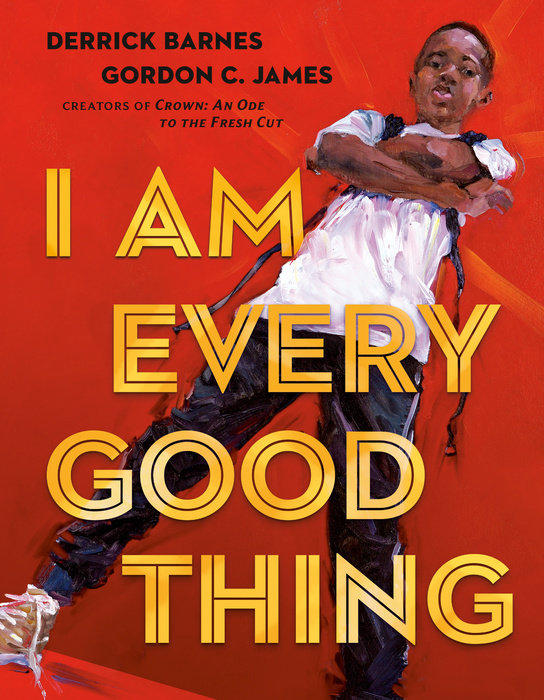
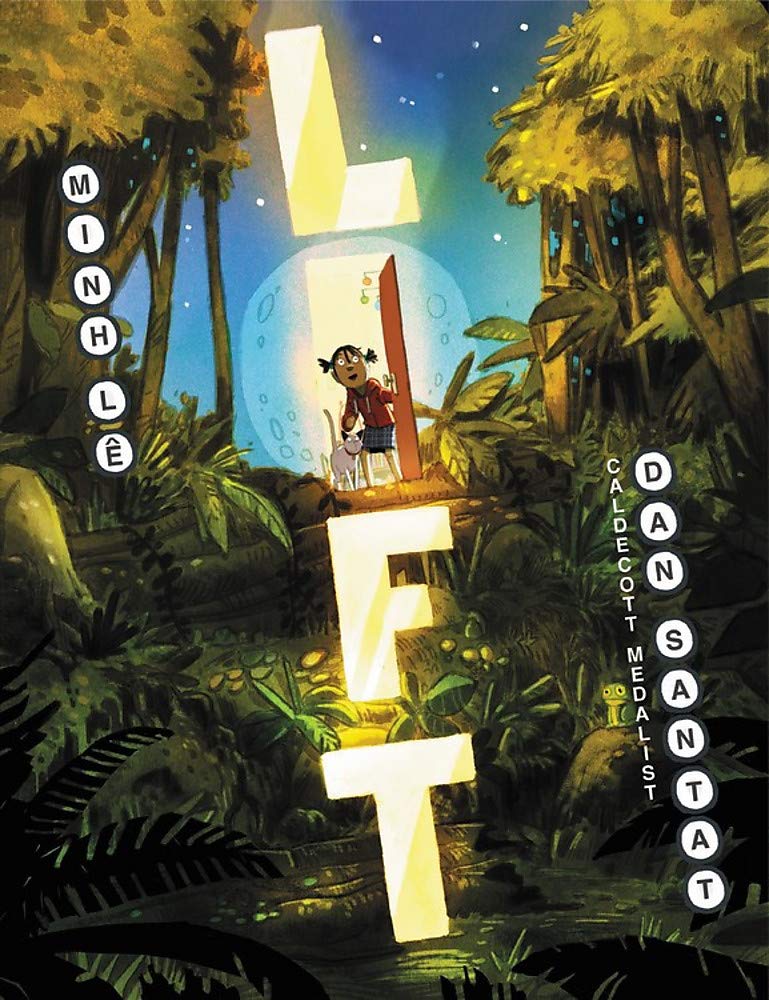
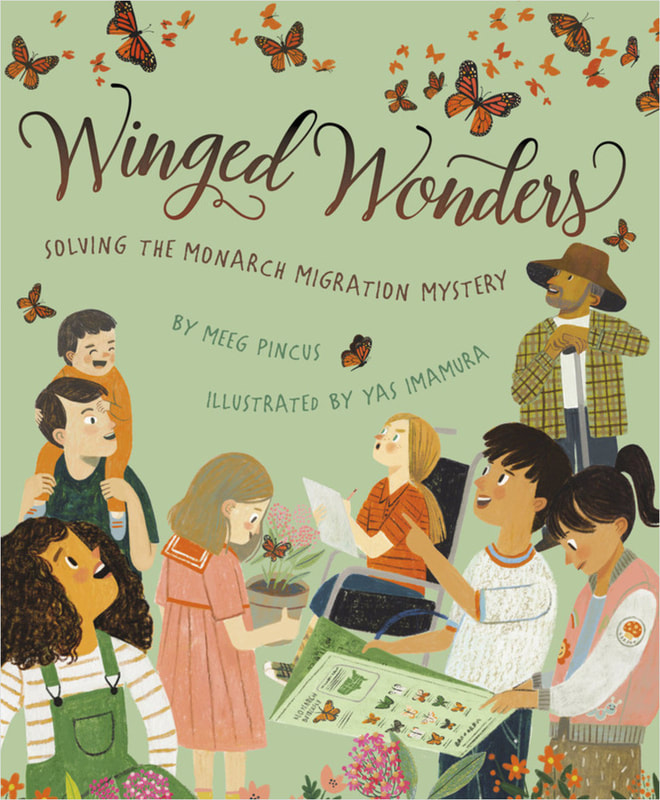
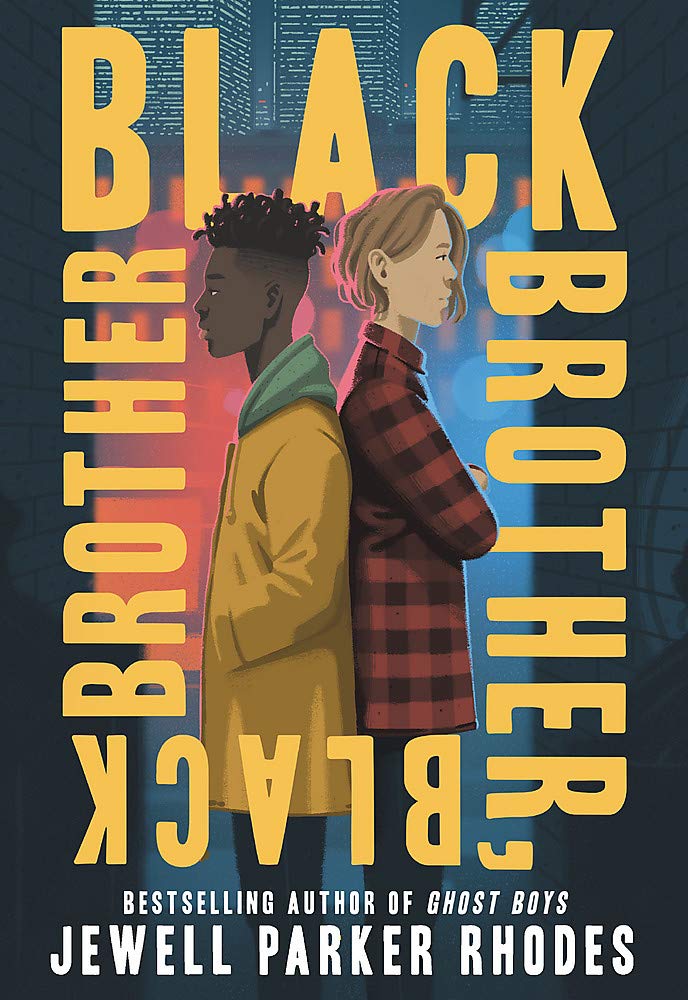
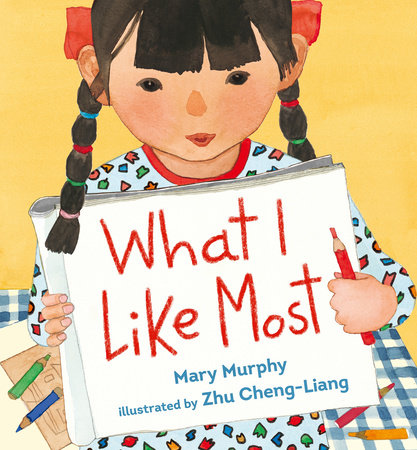
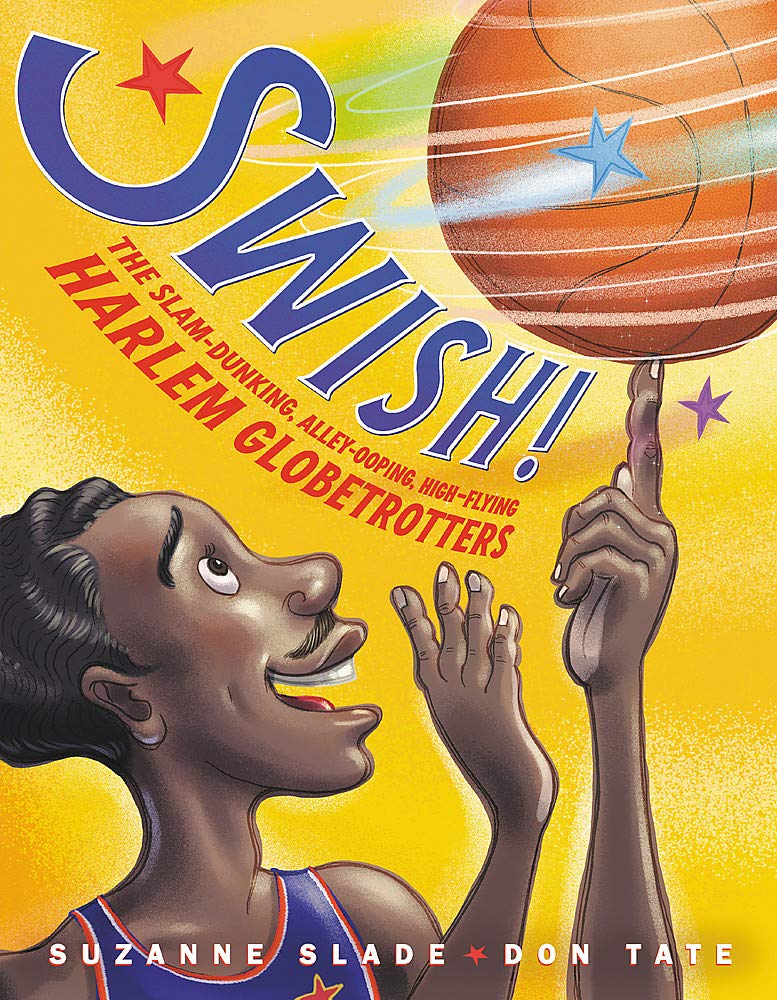
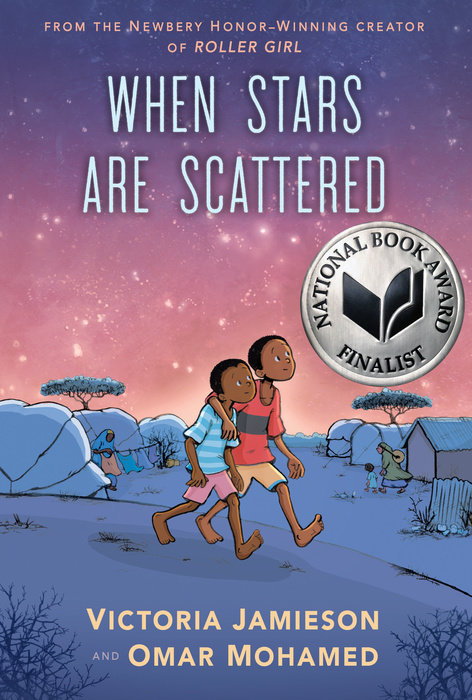

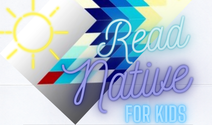

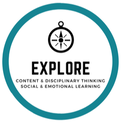

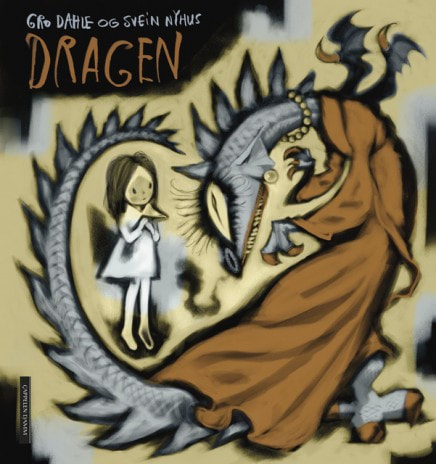
 RSS Feed
RSS Feed